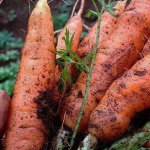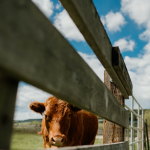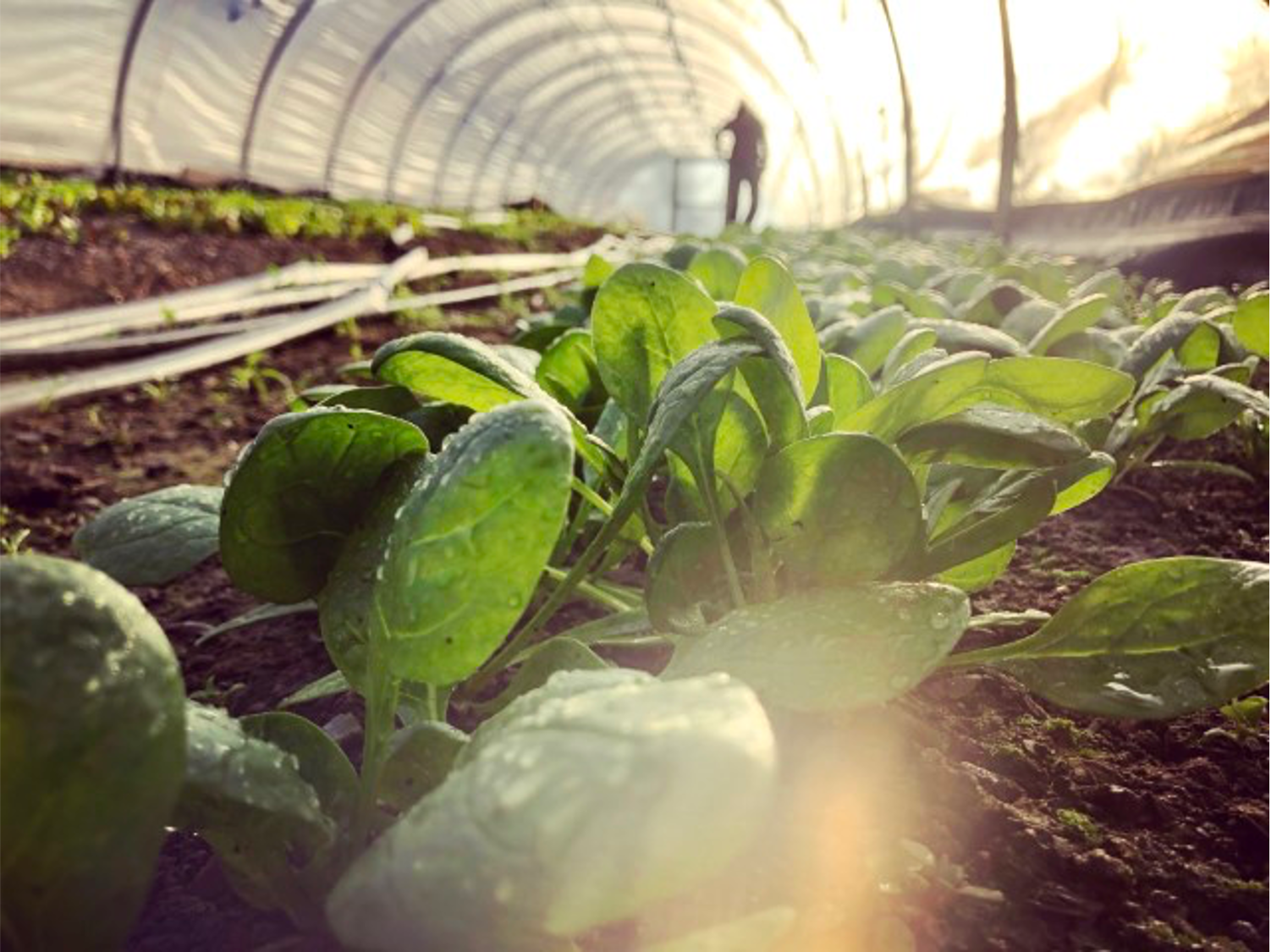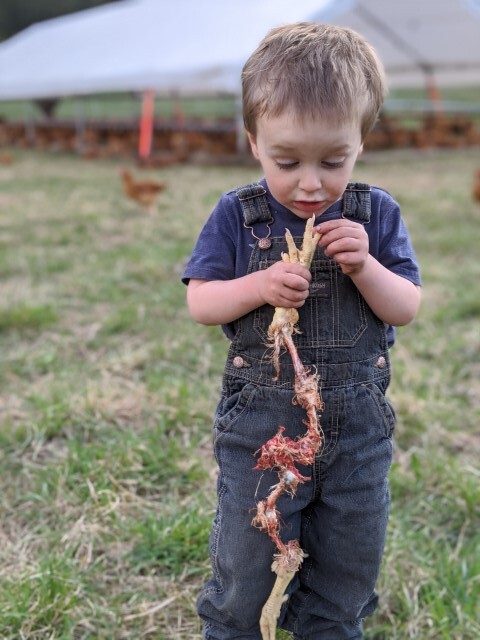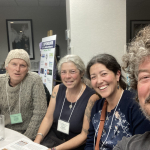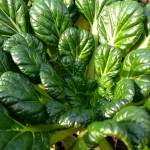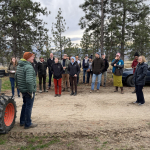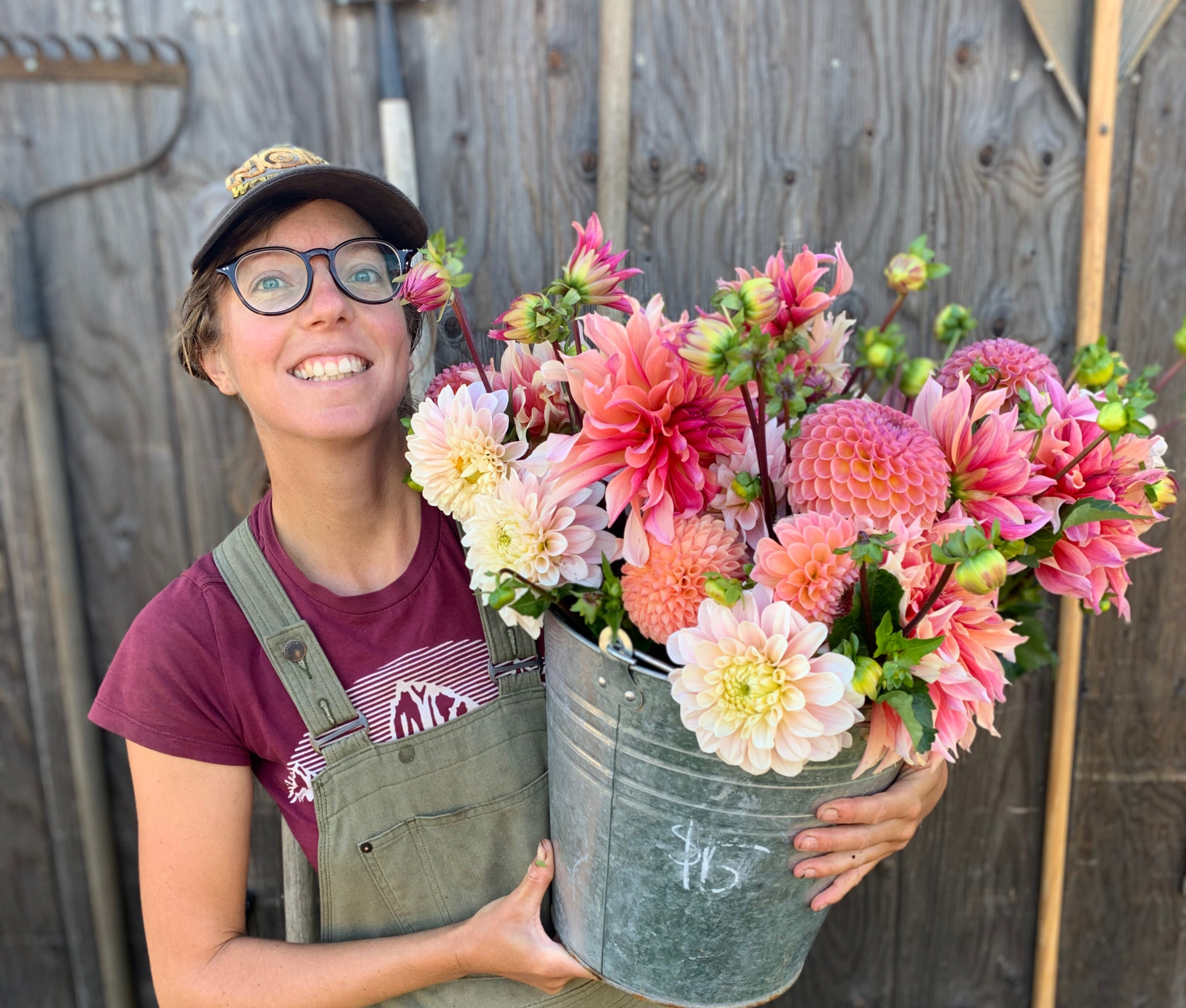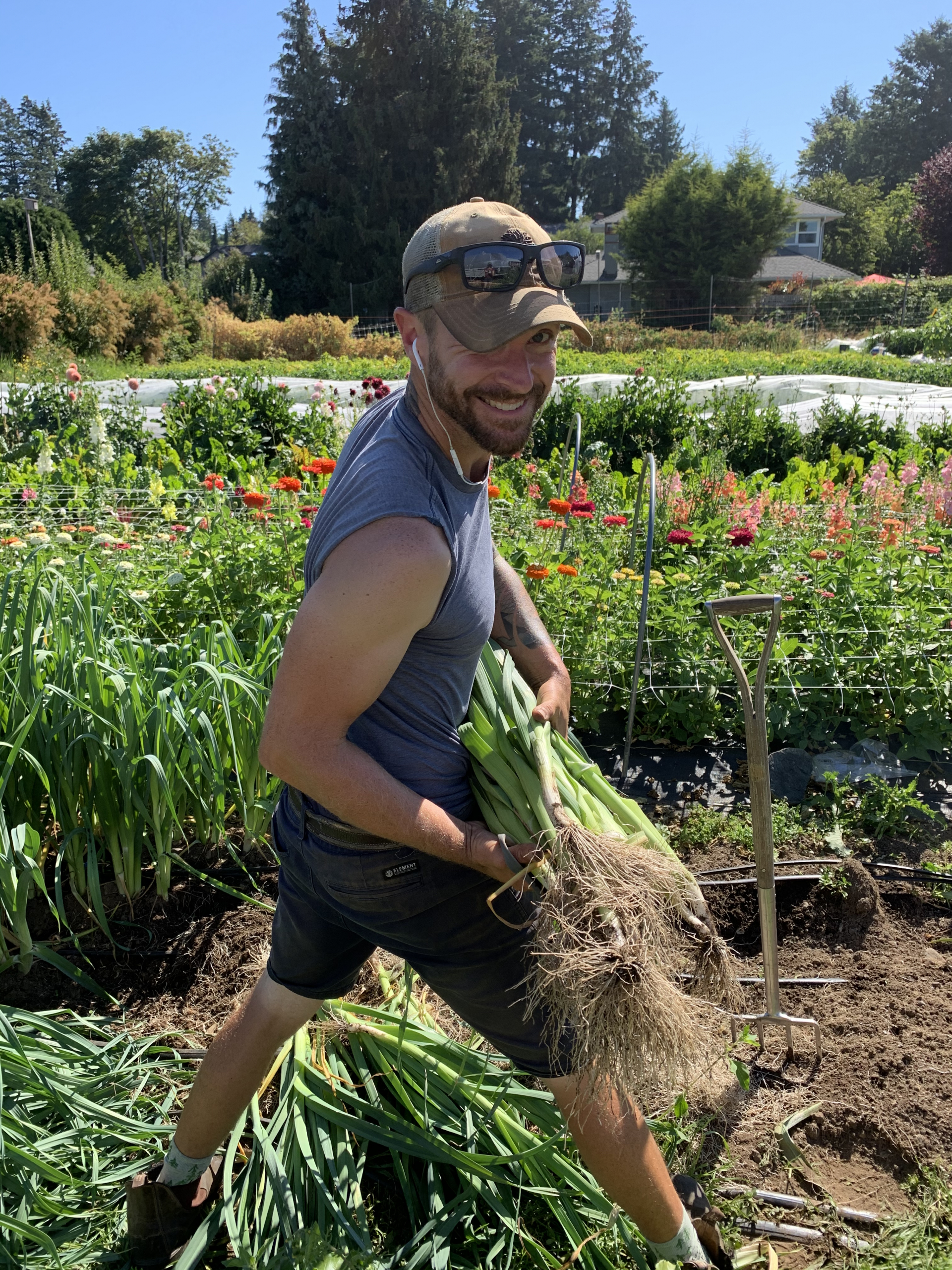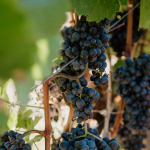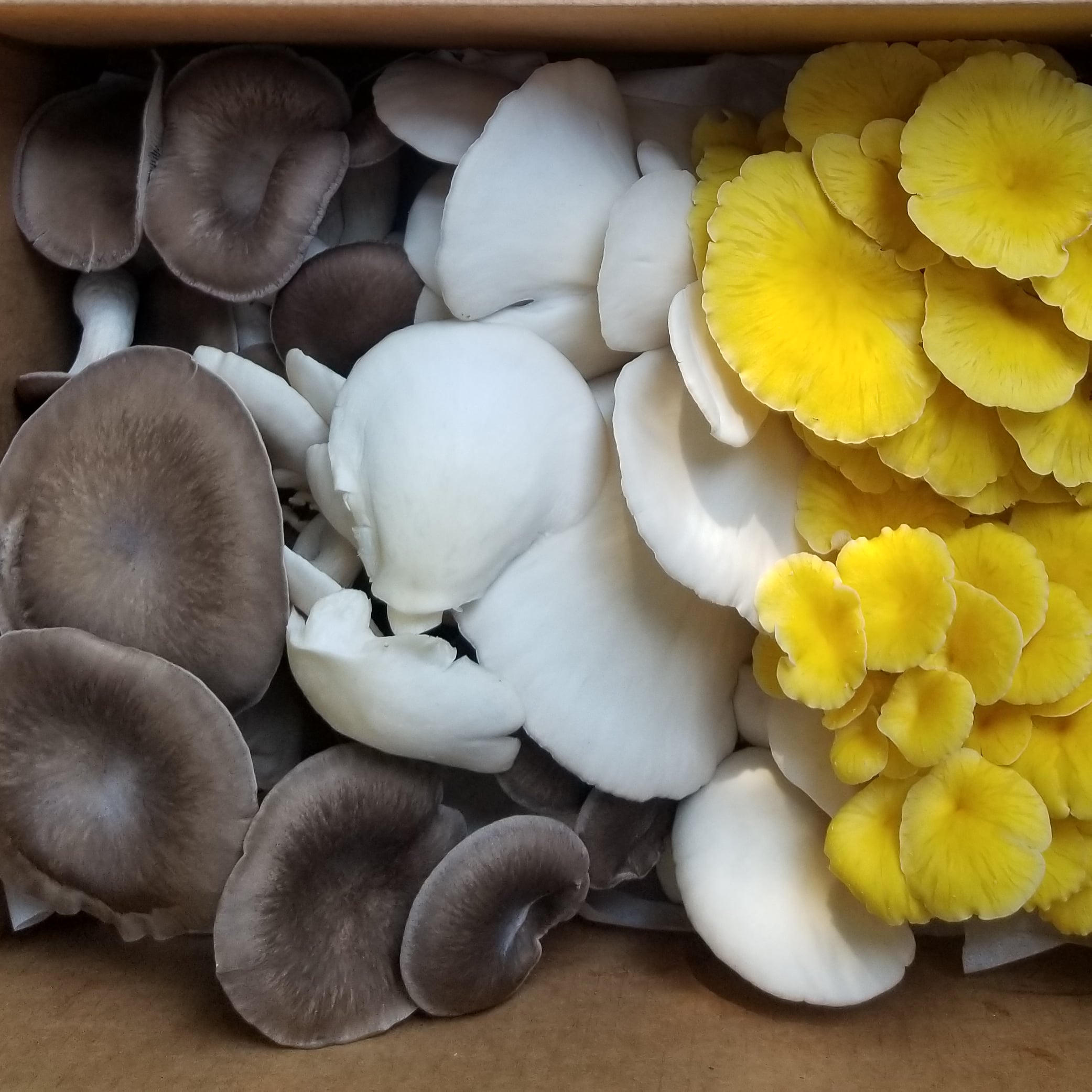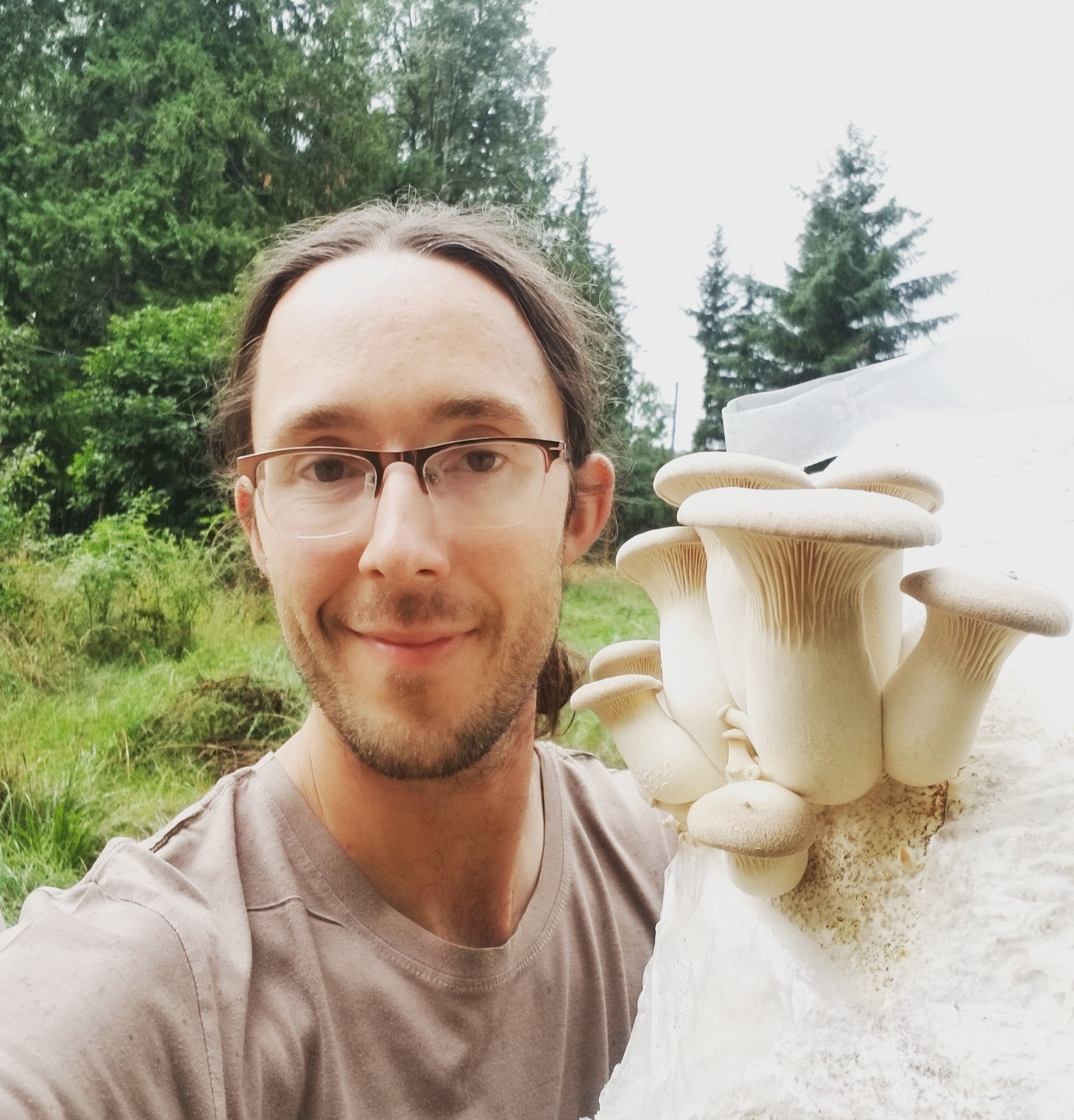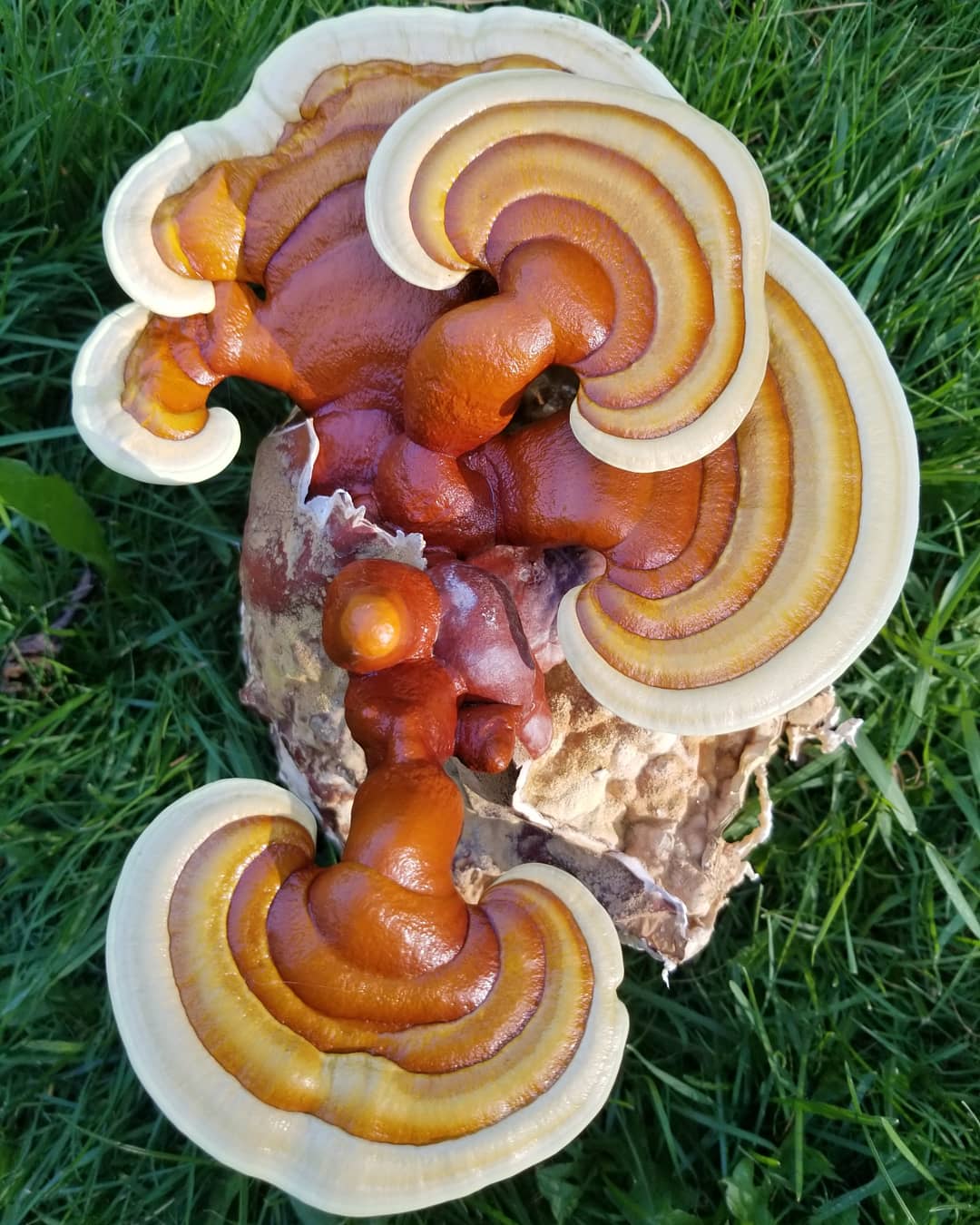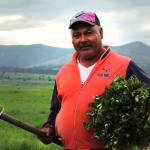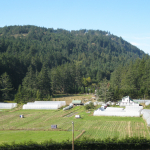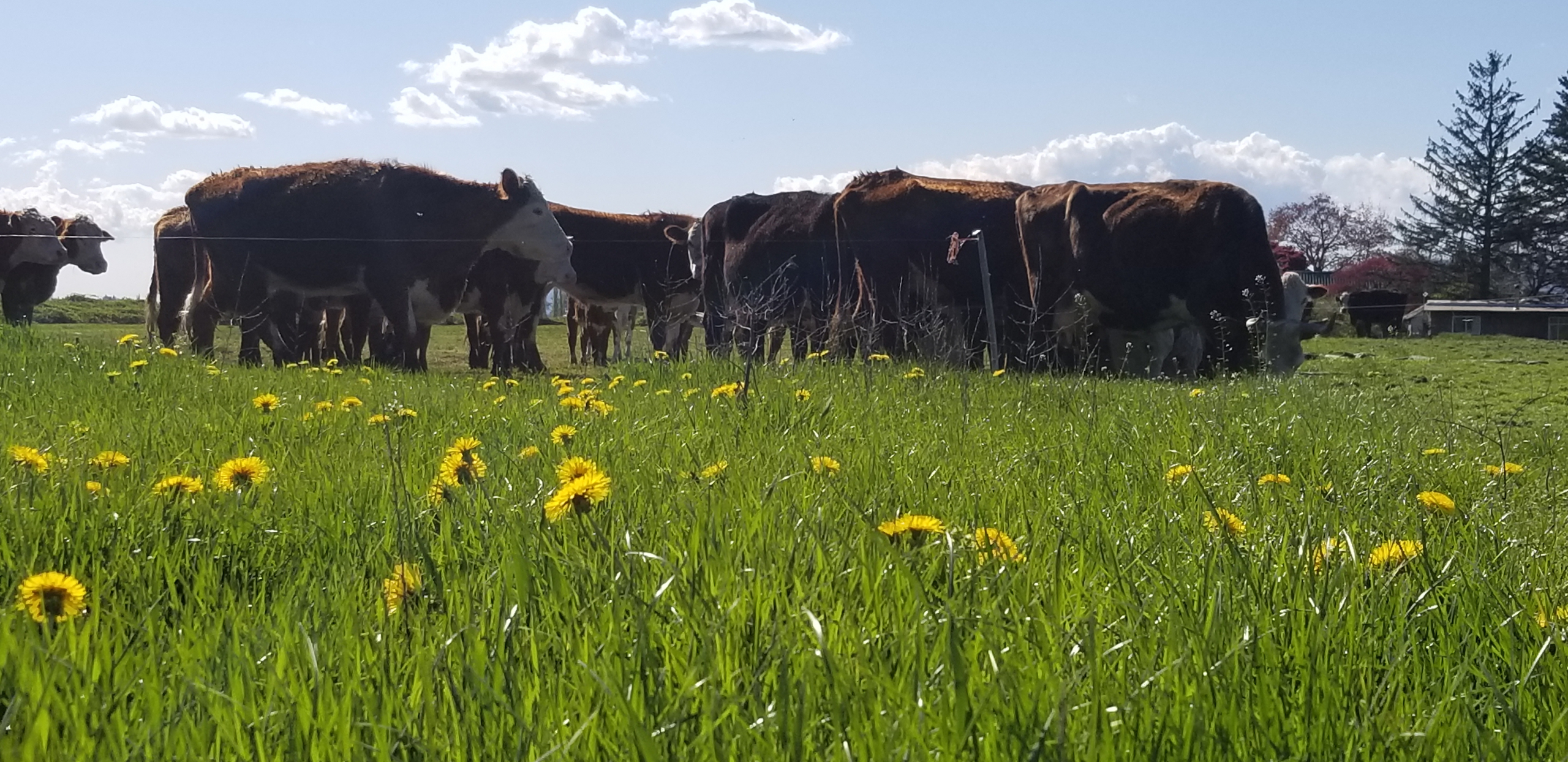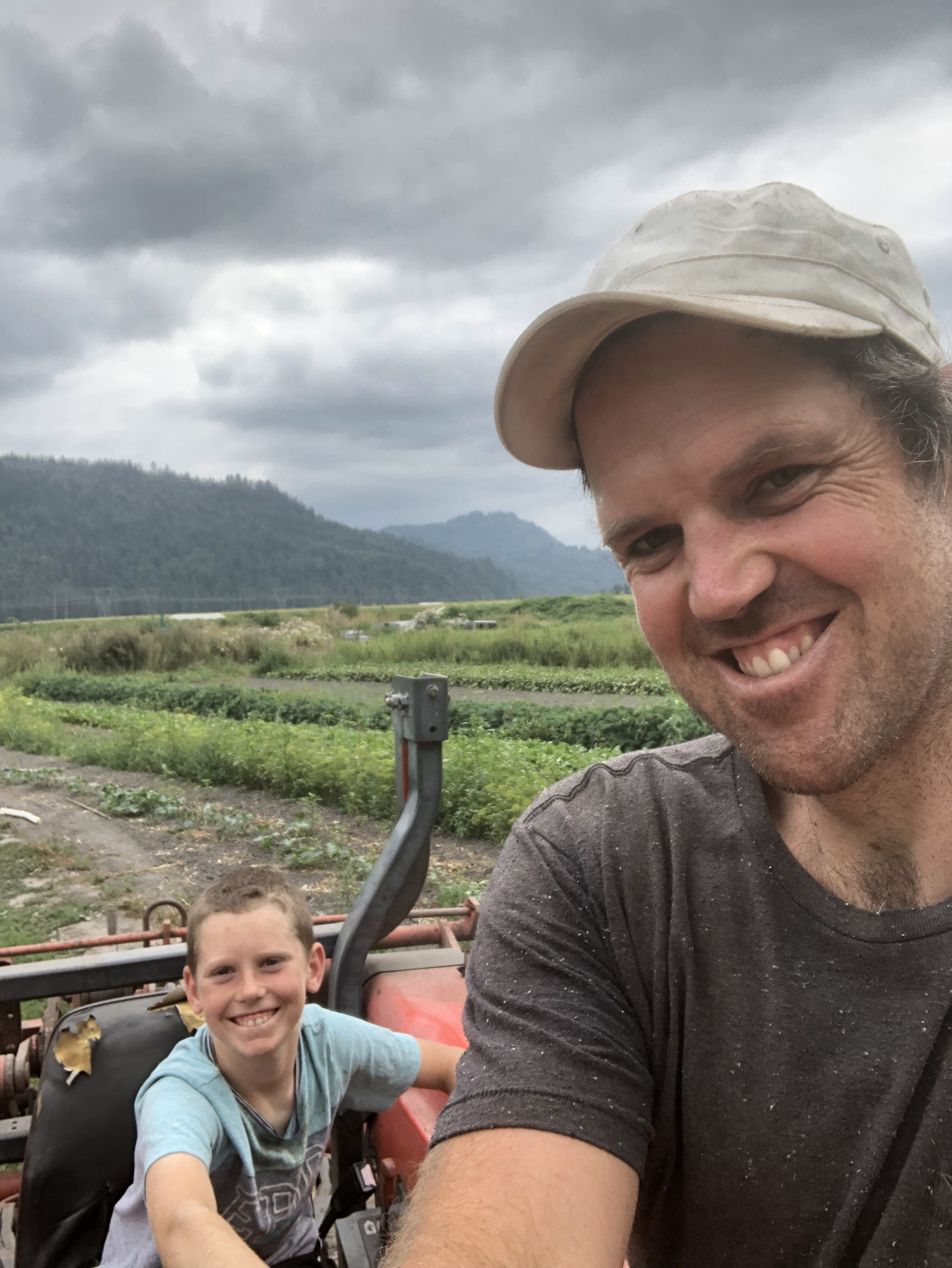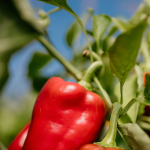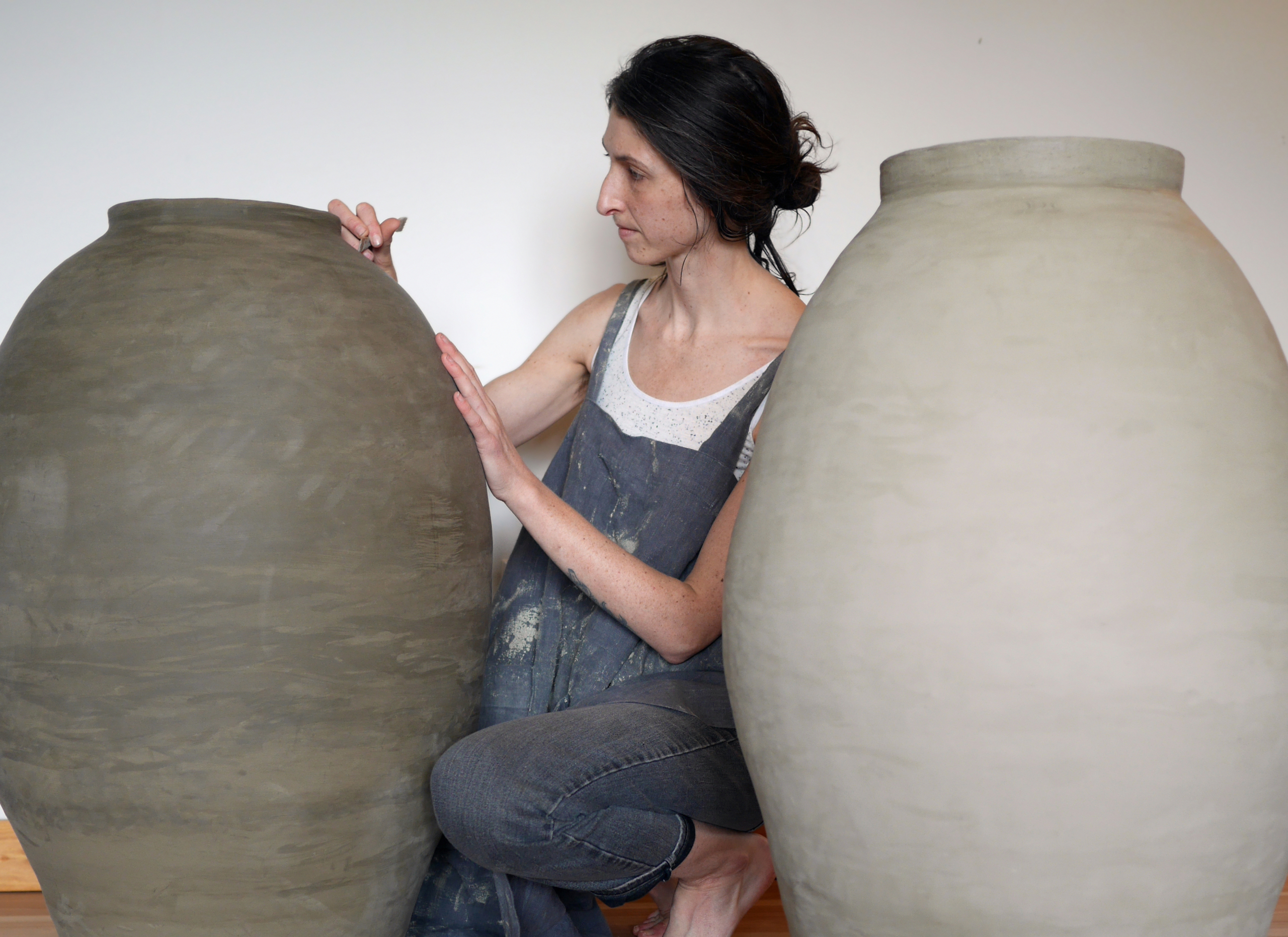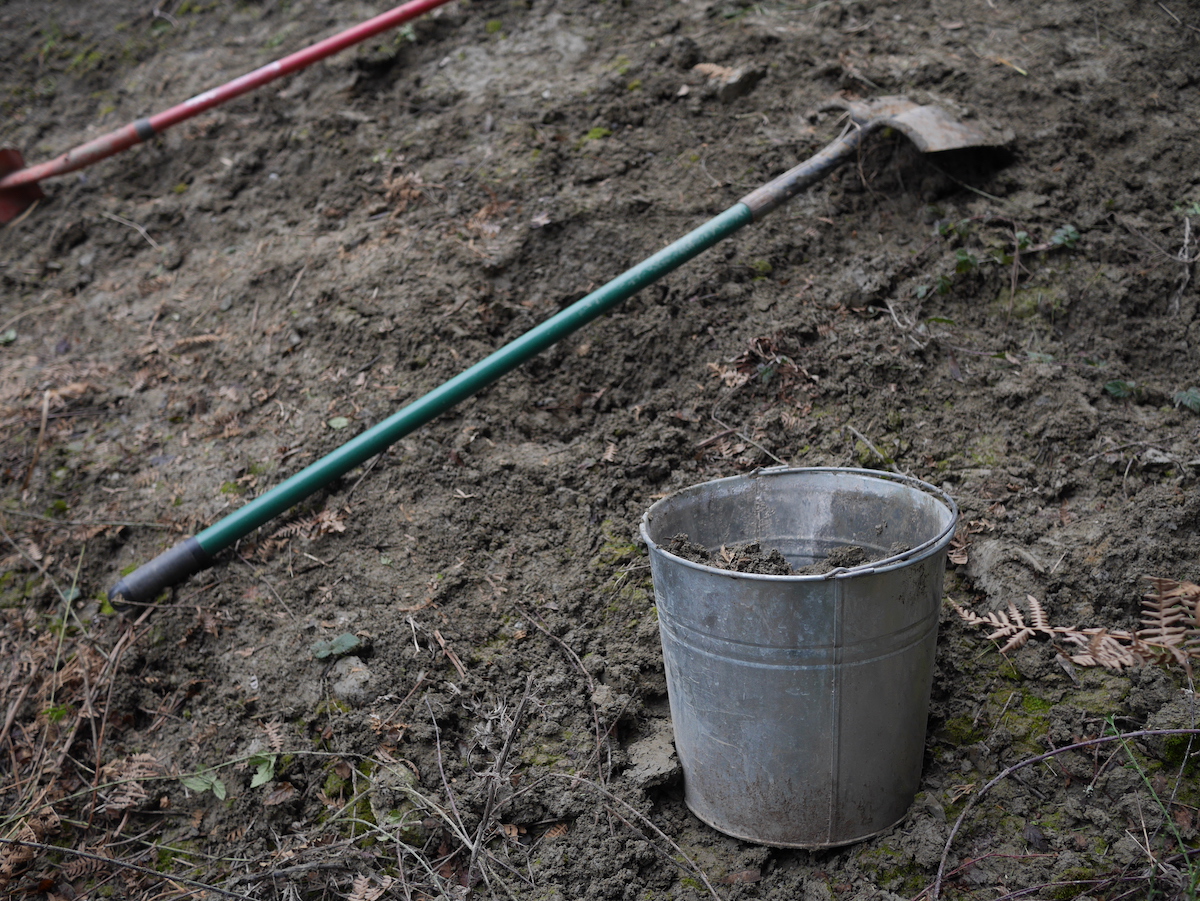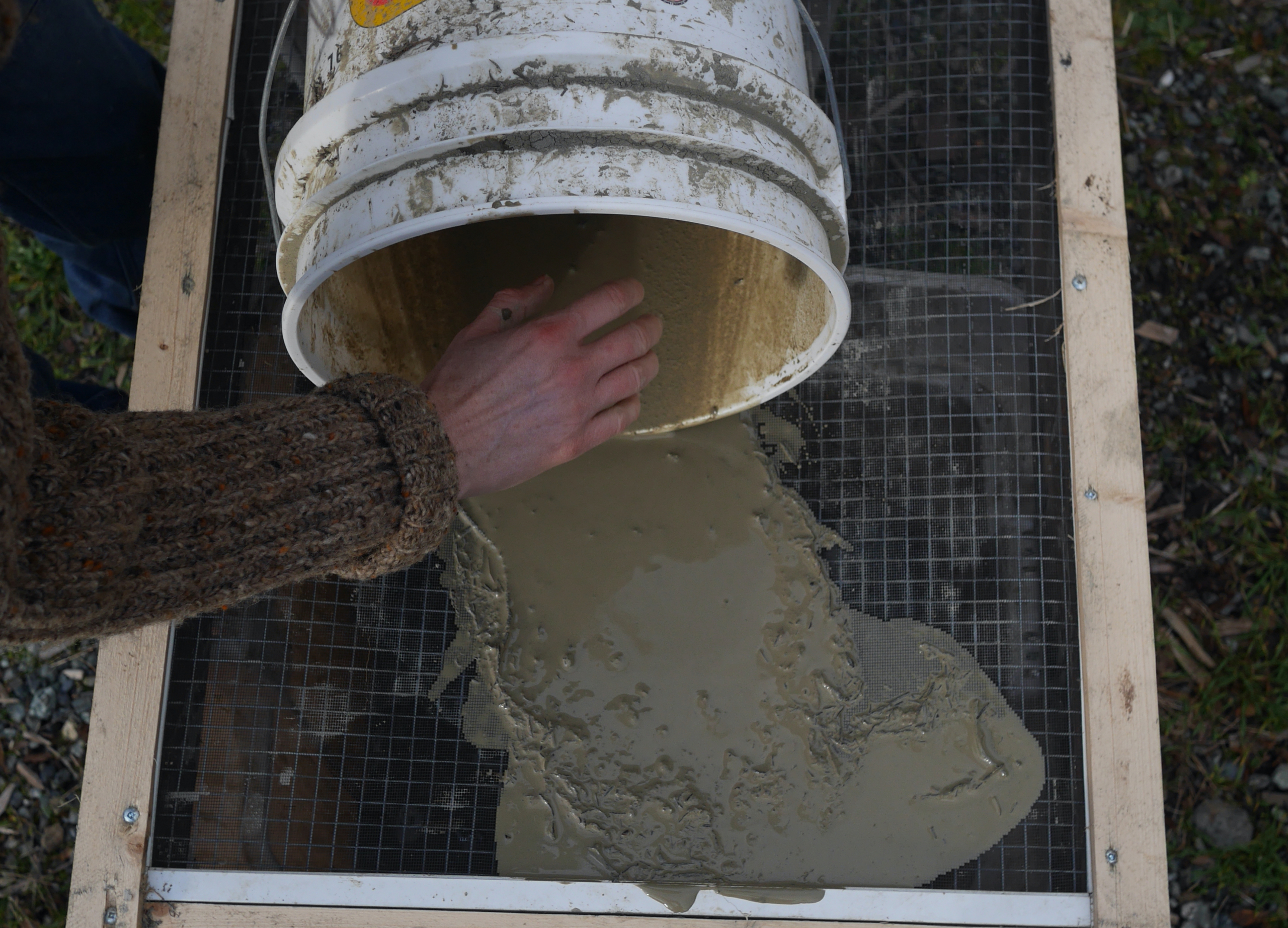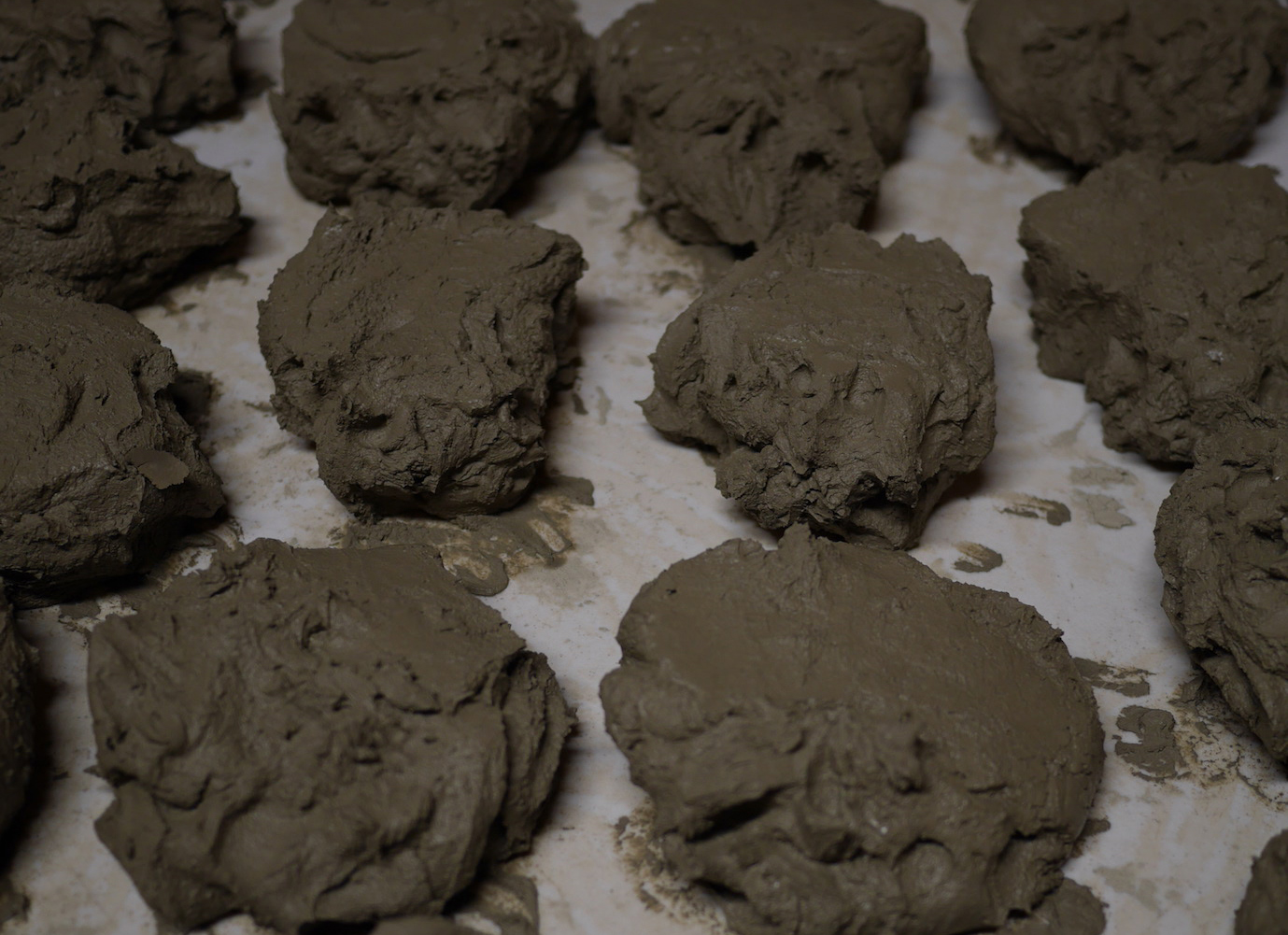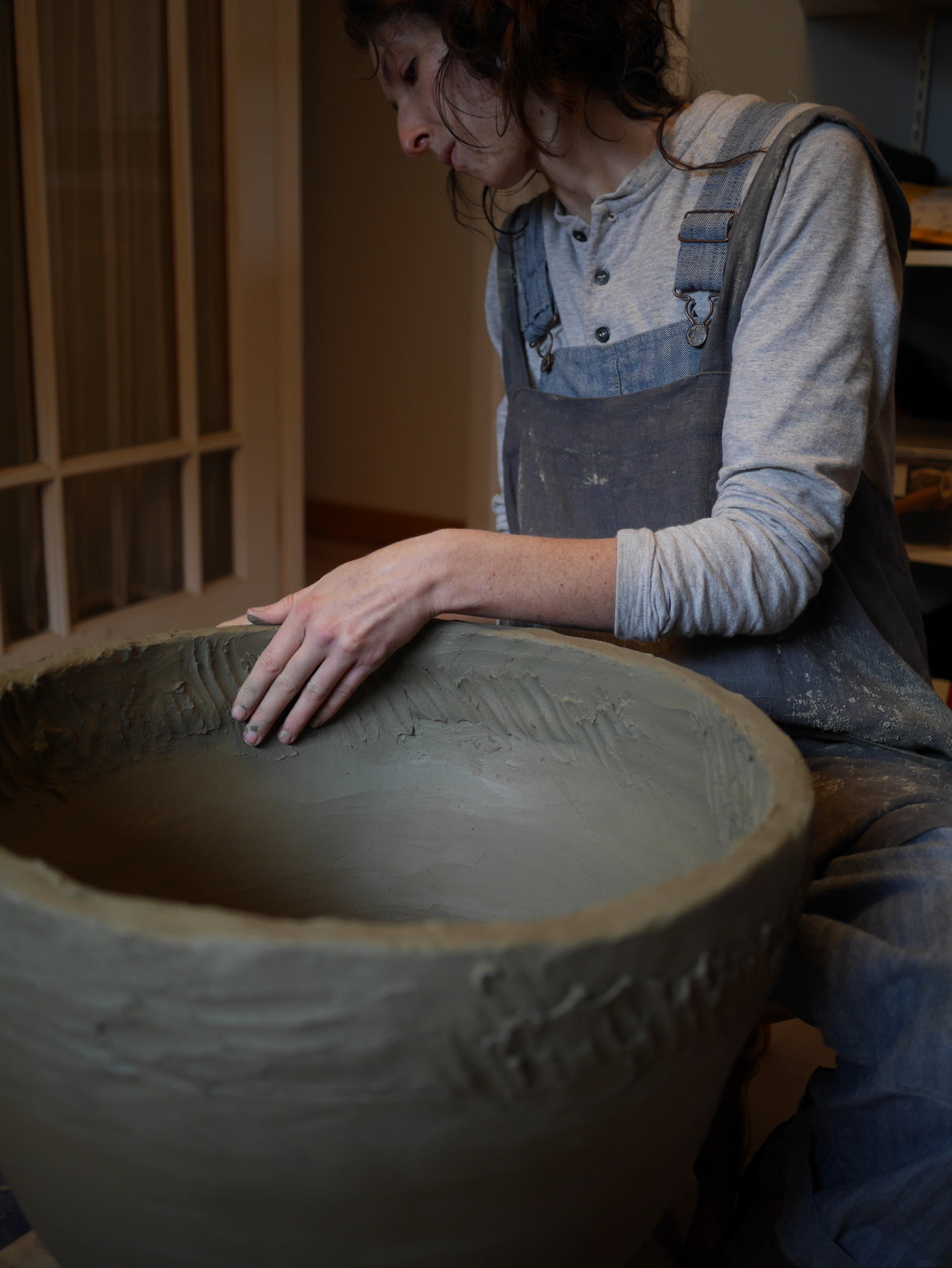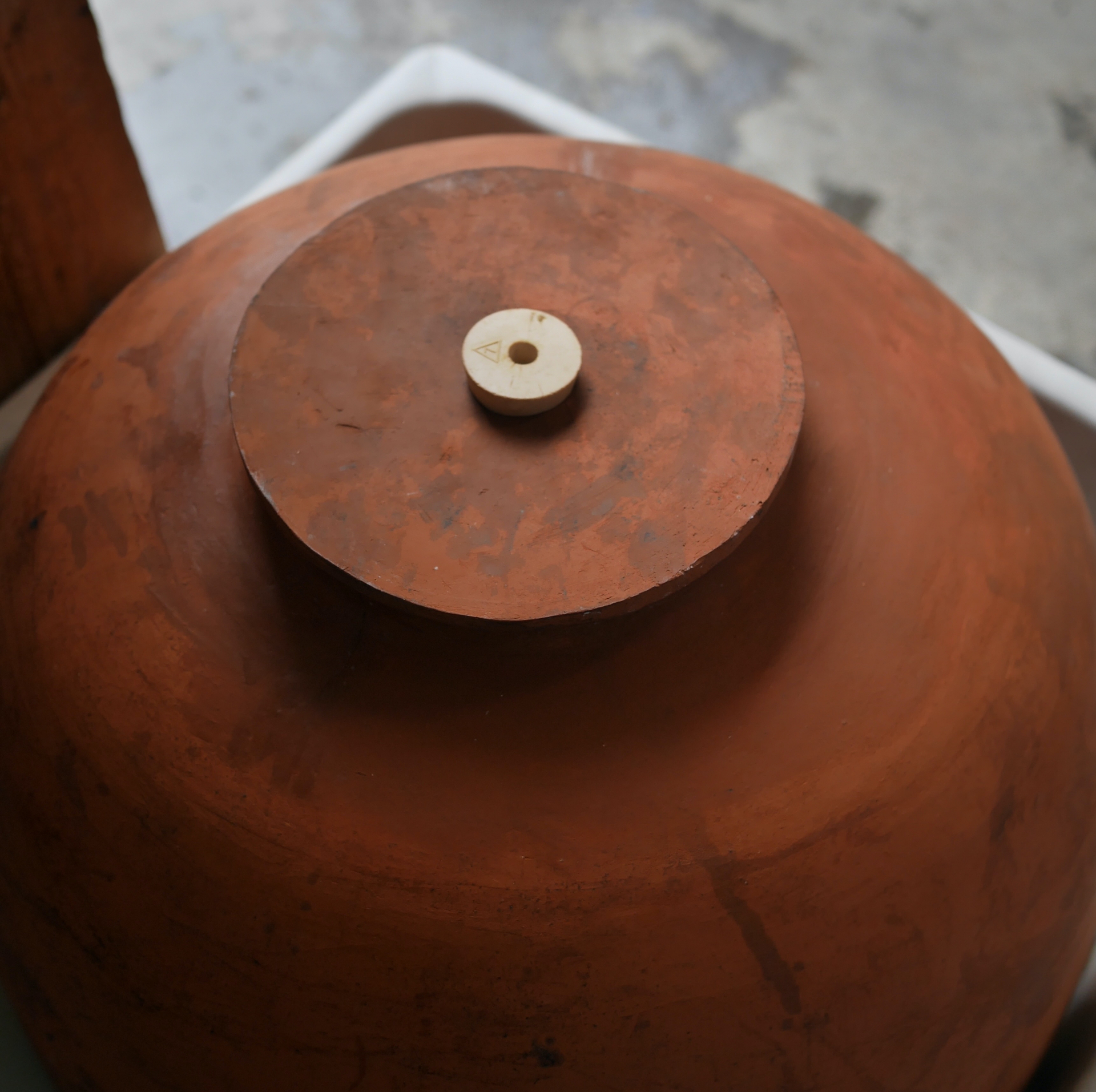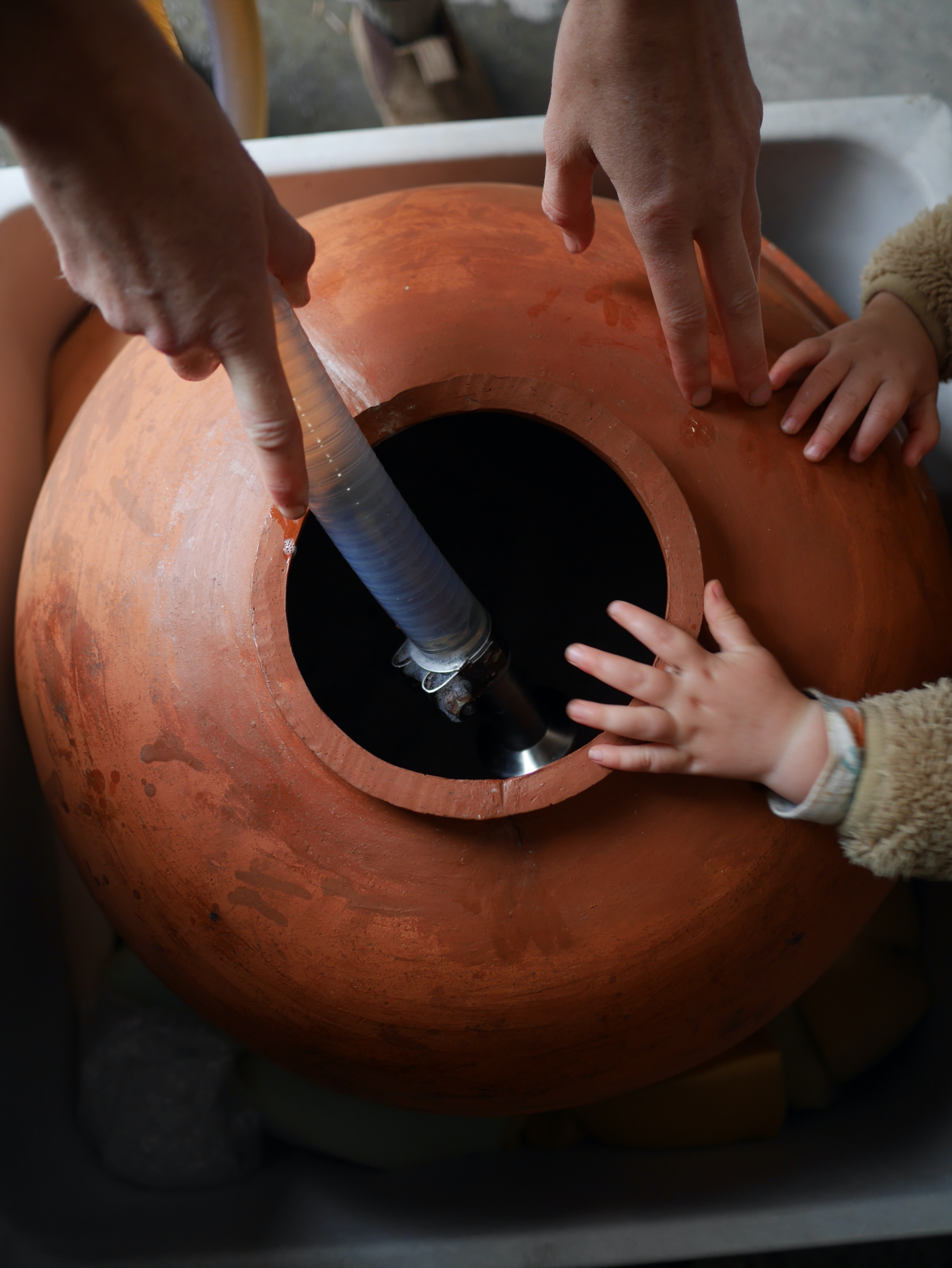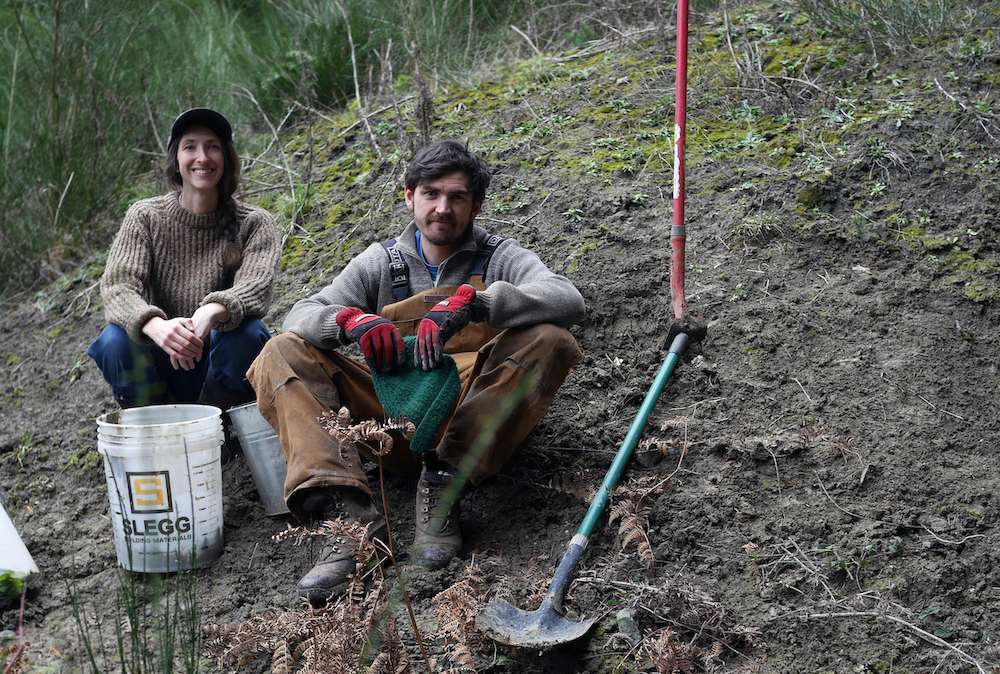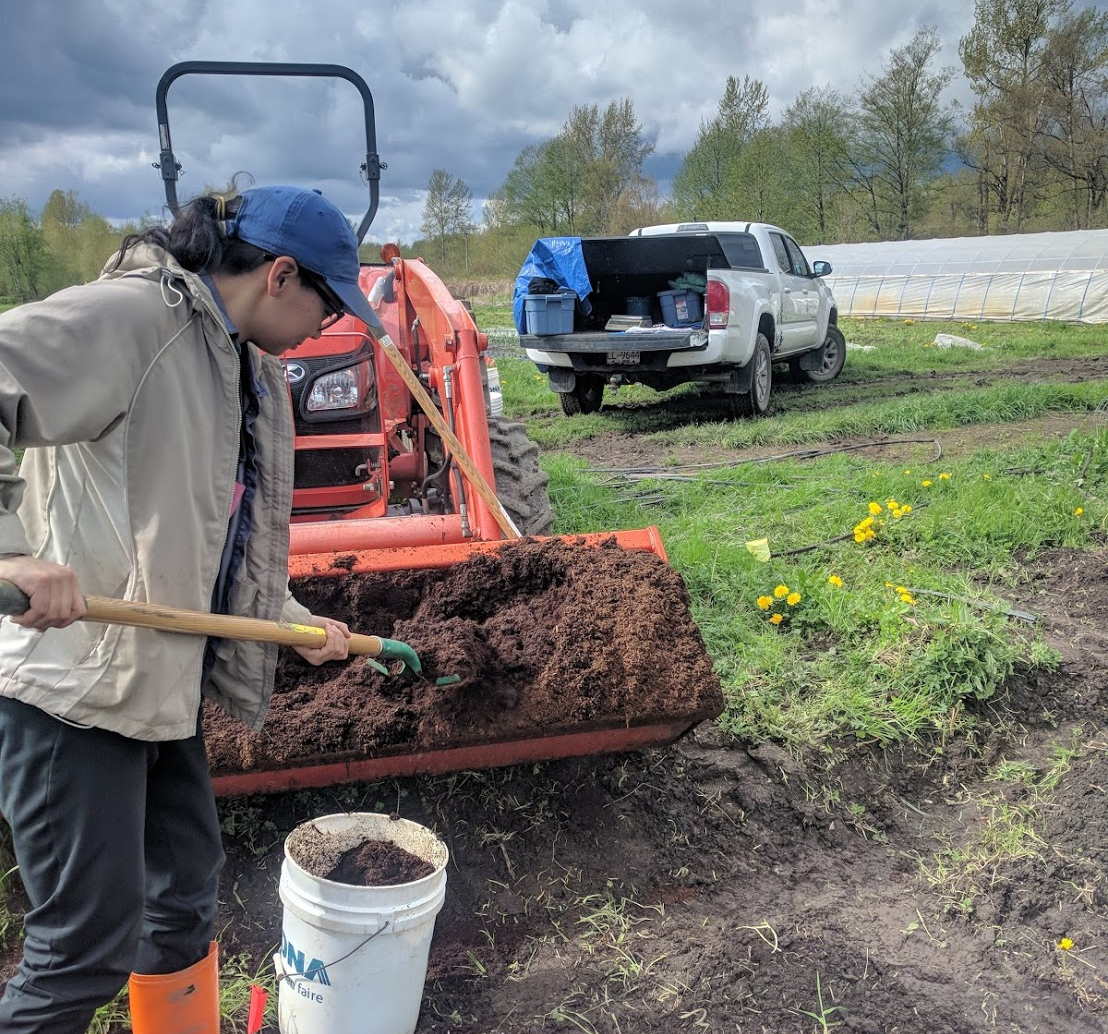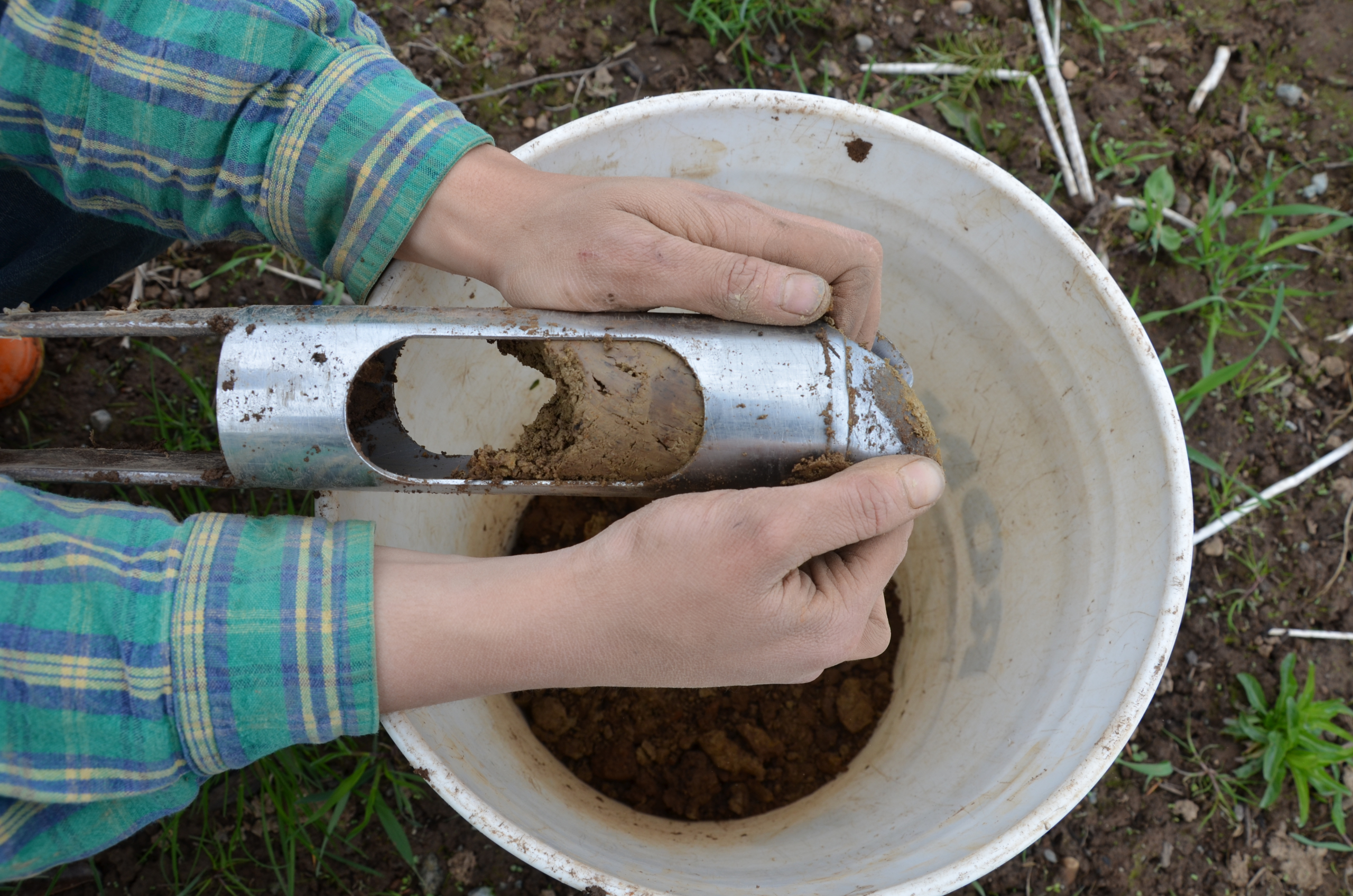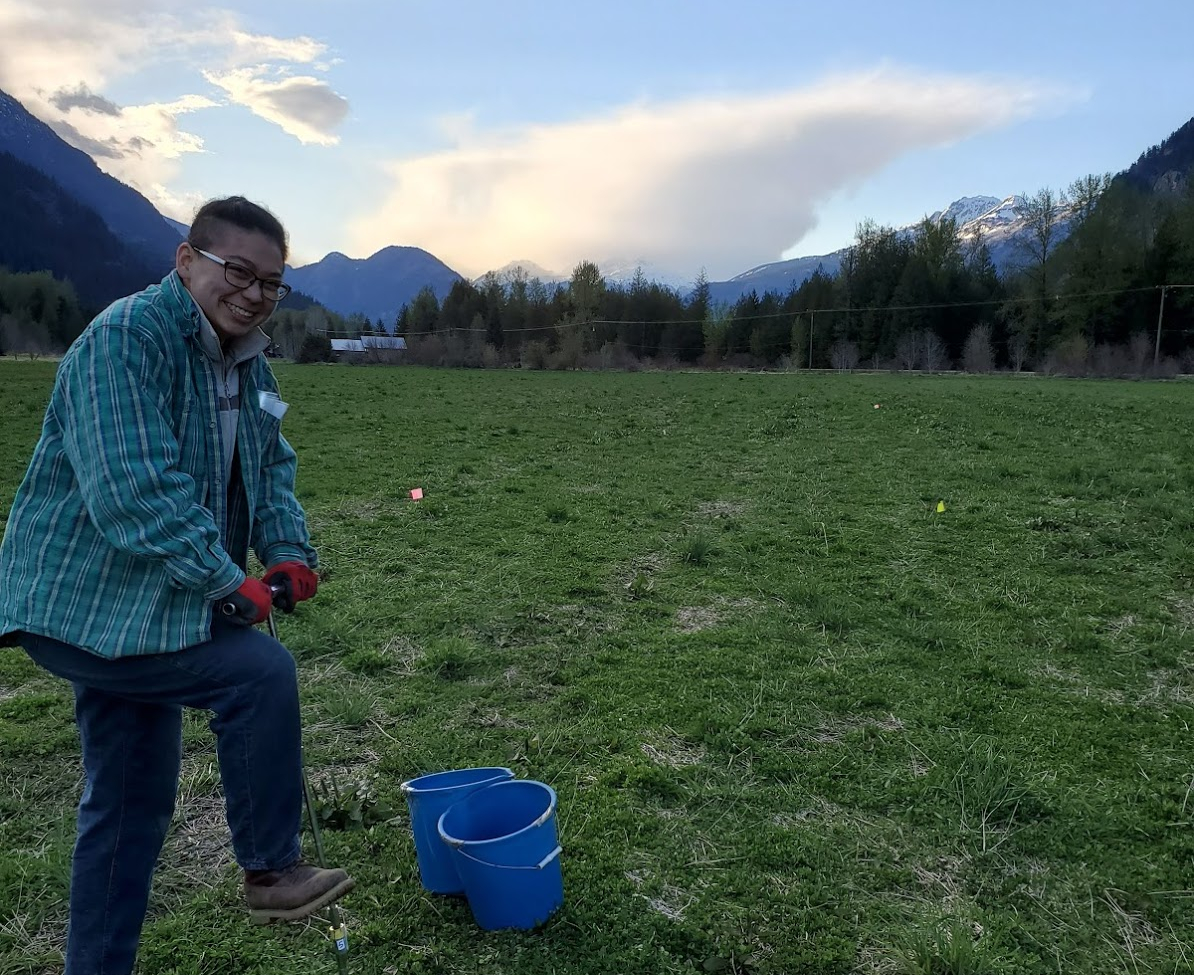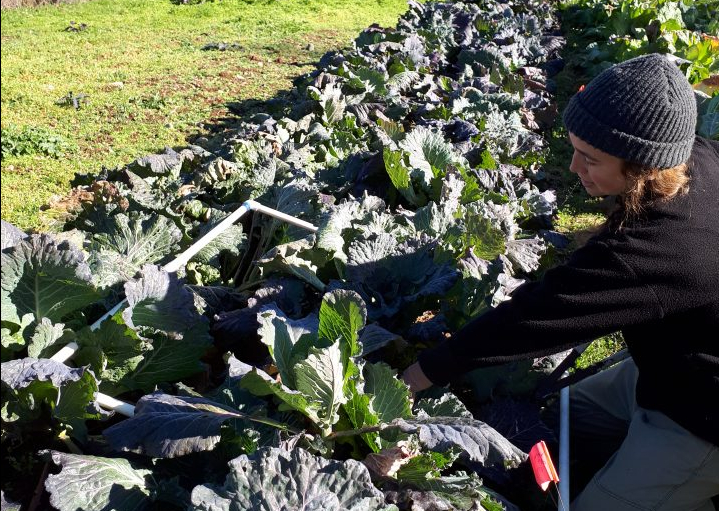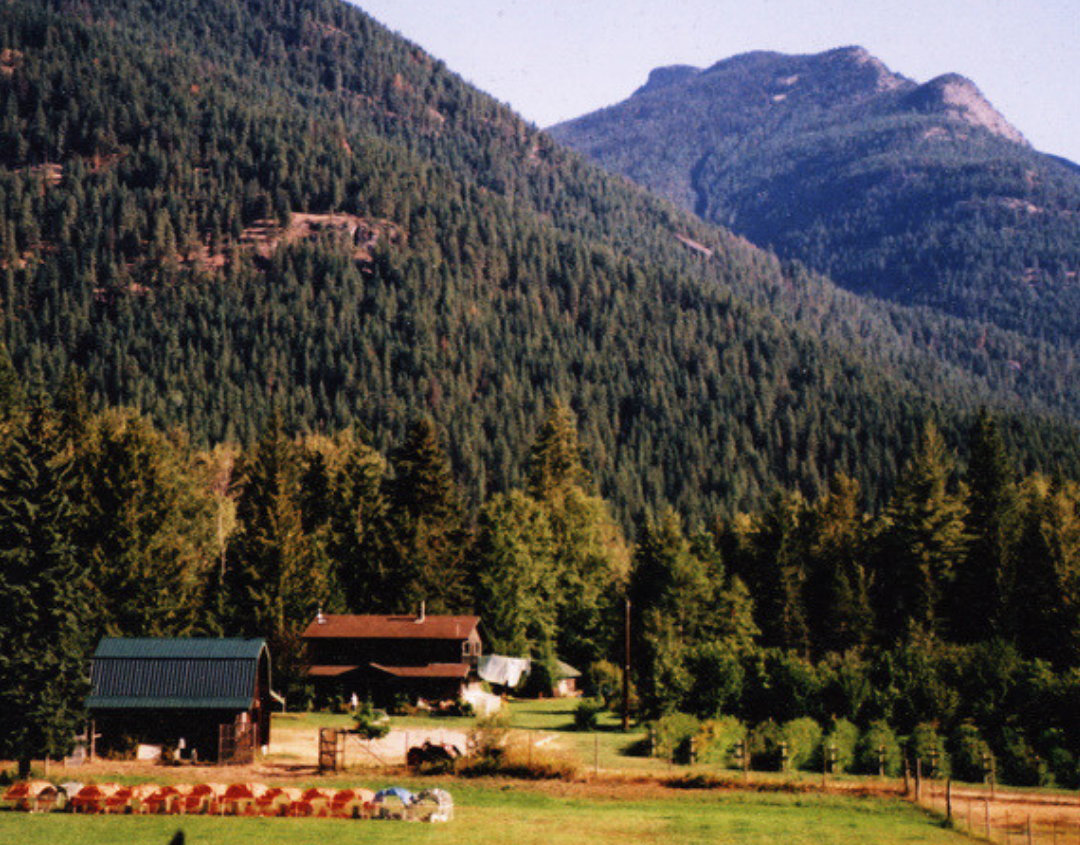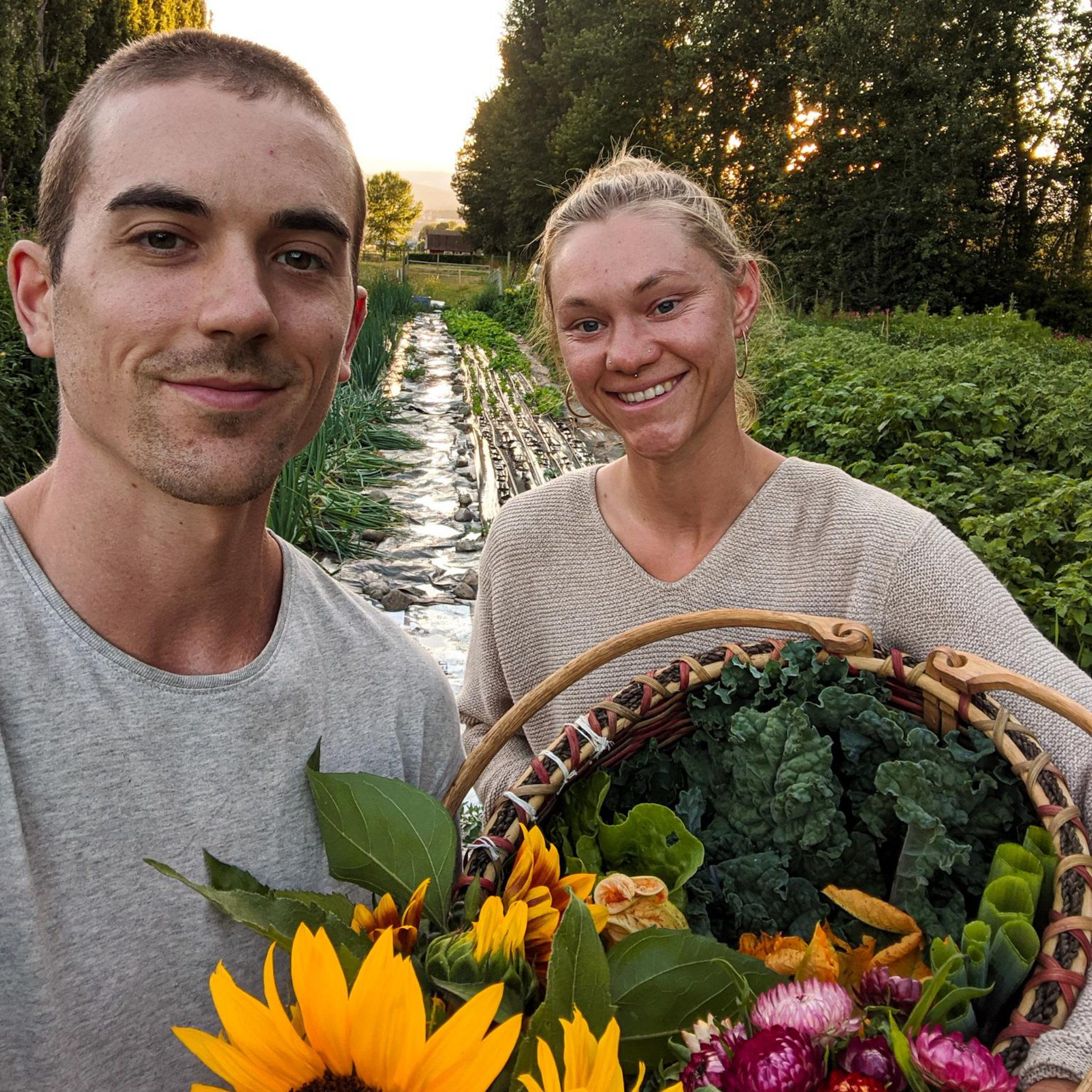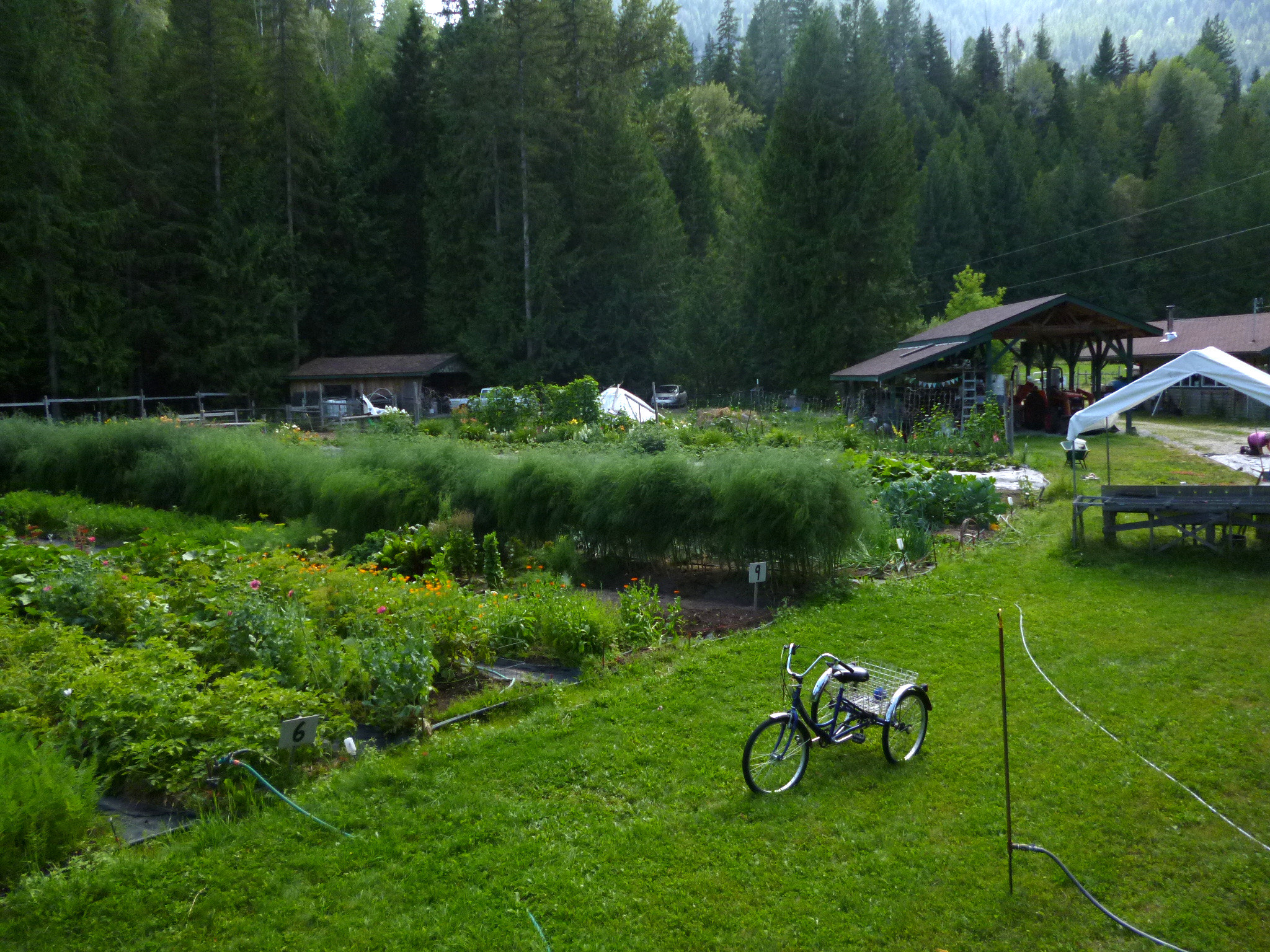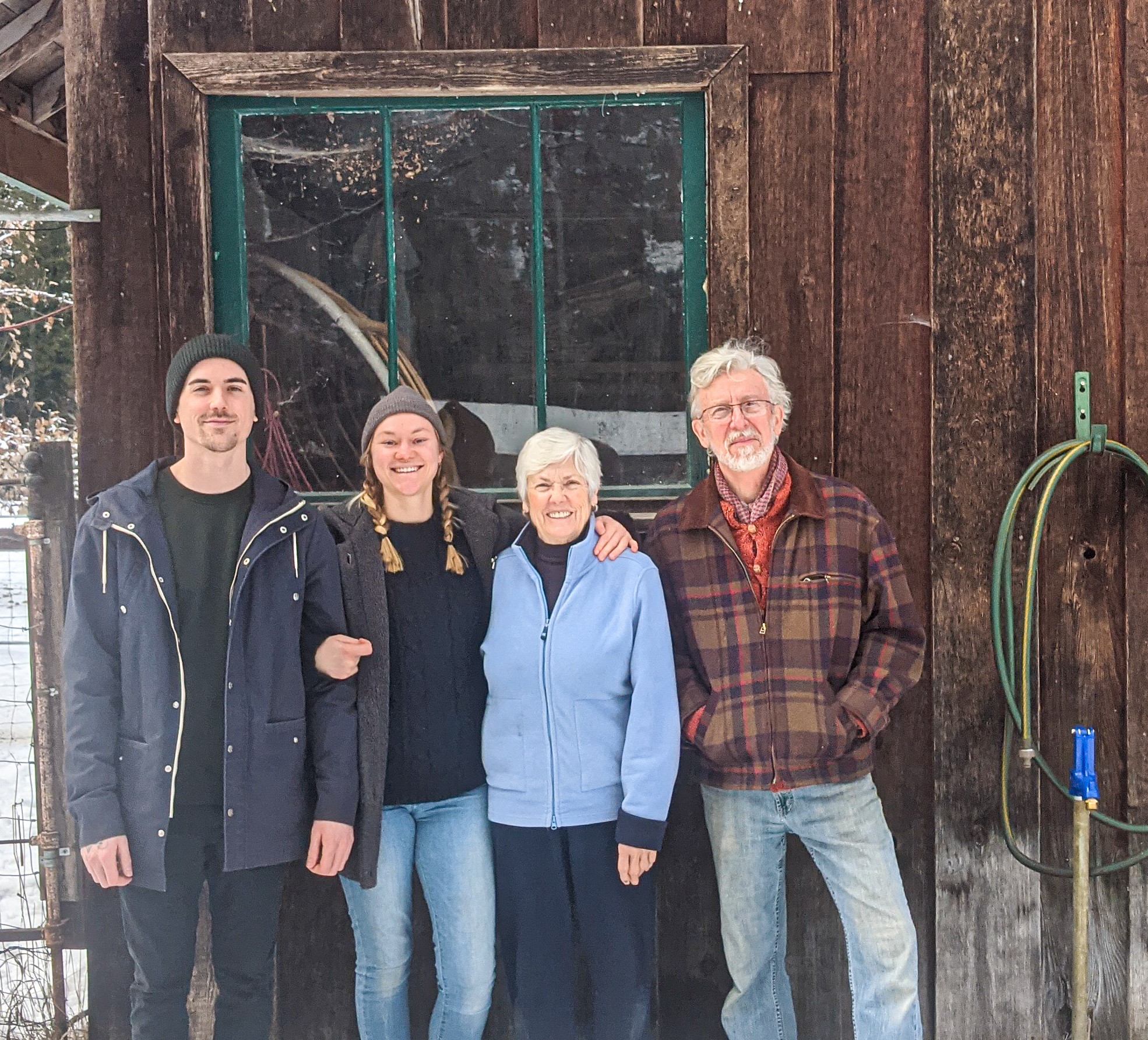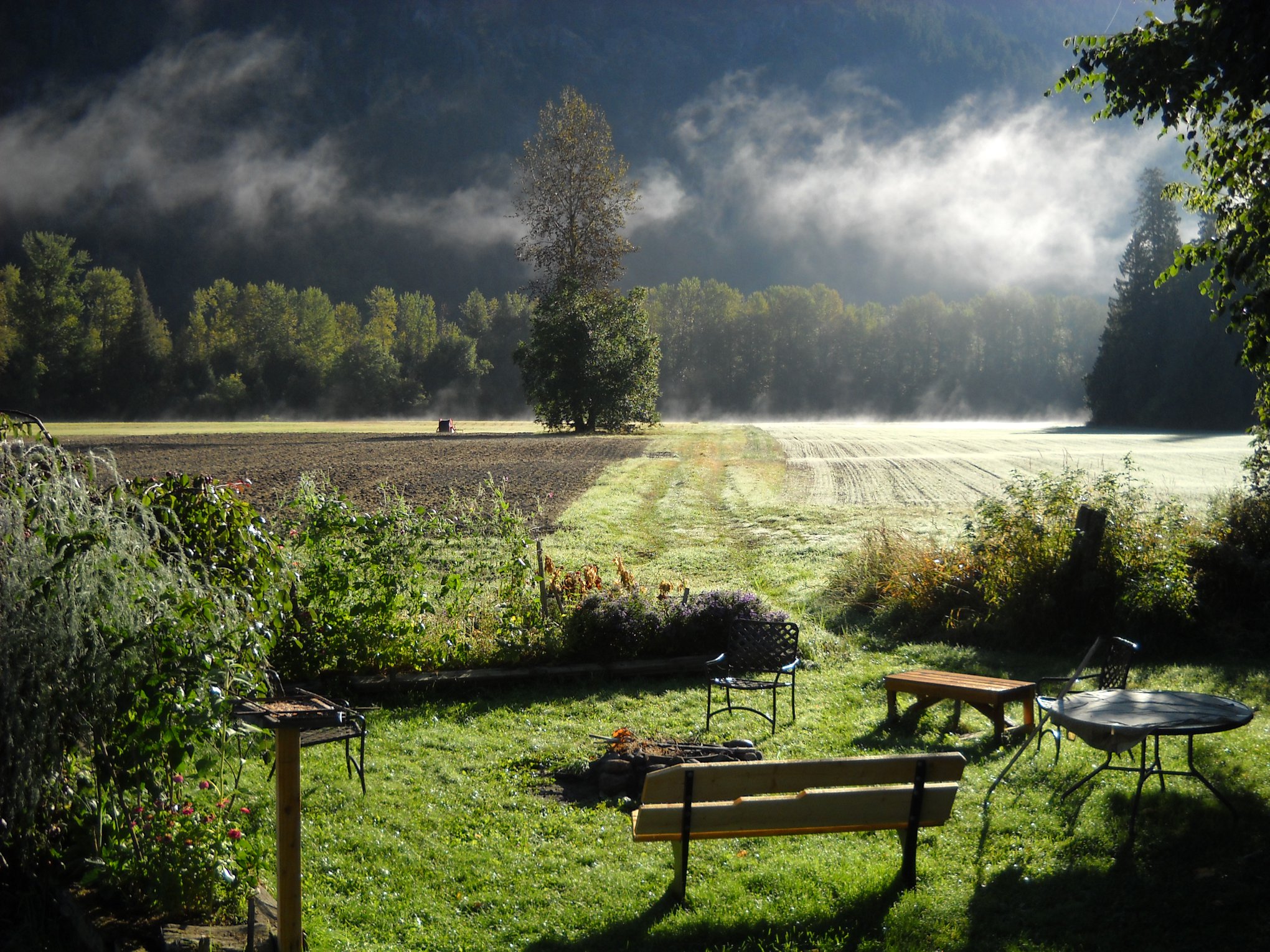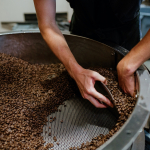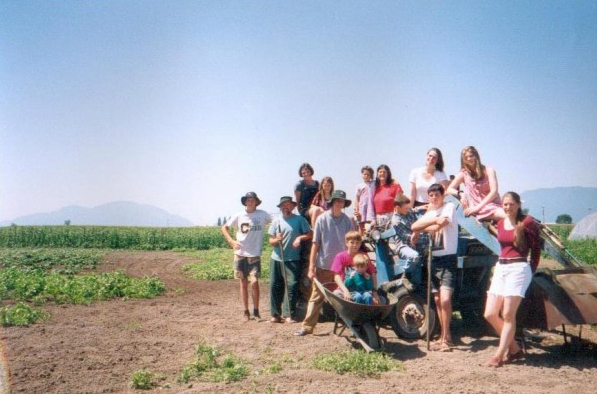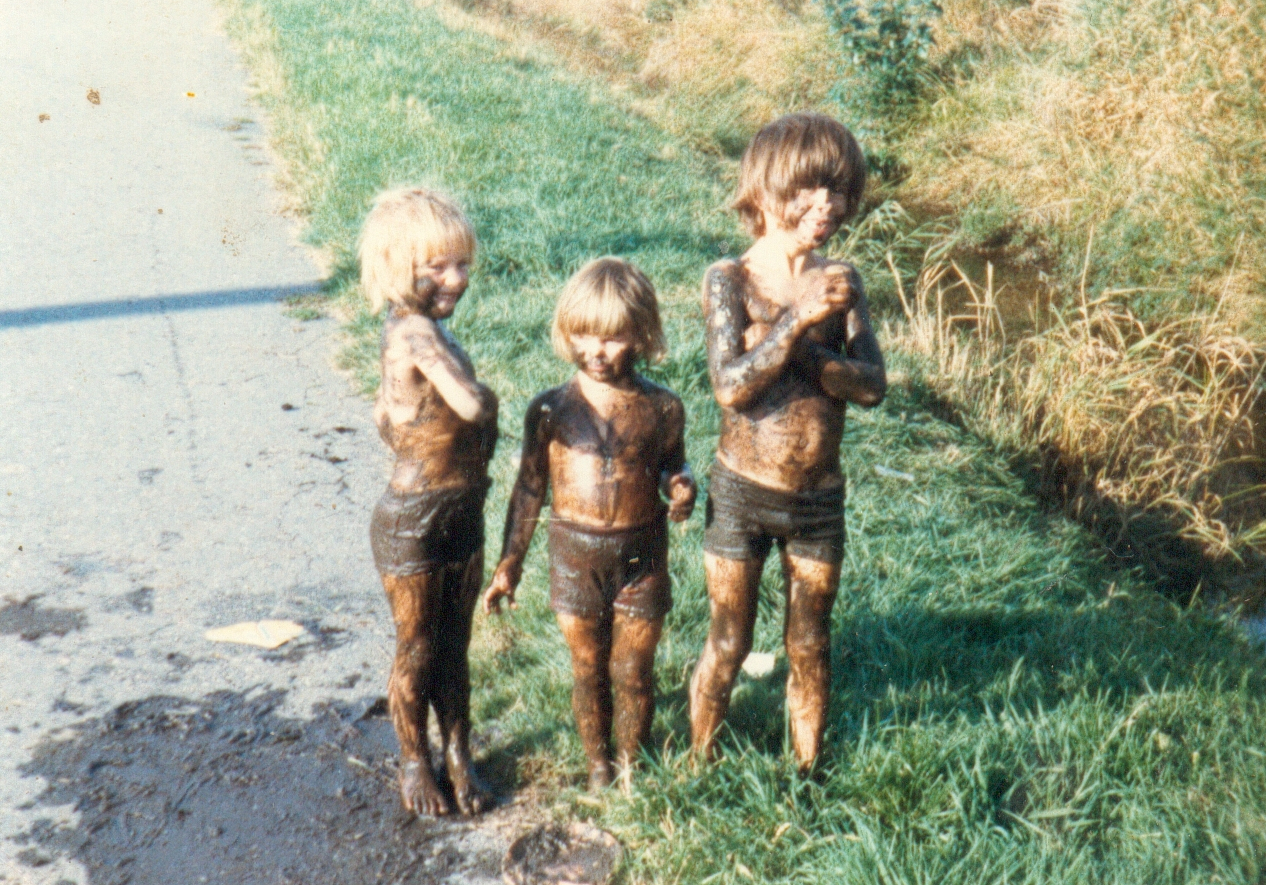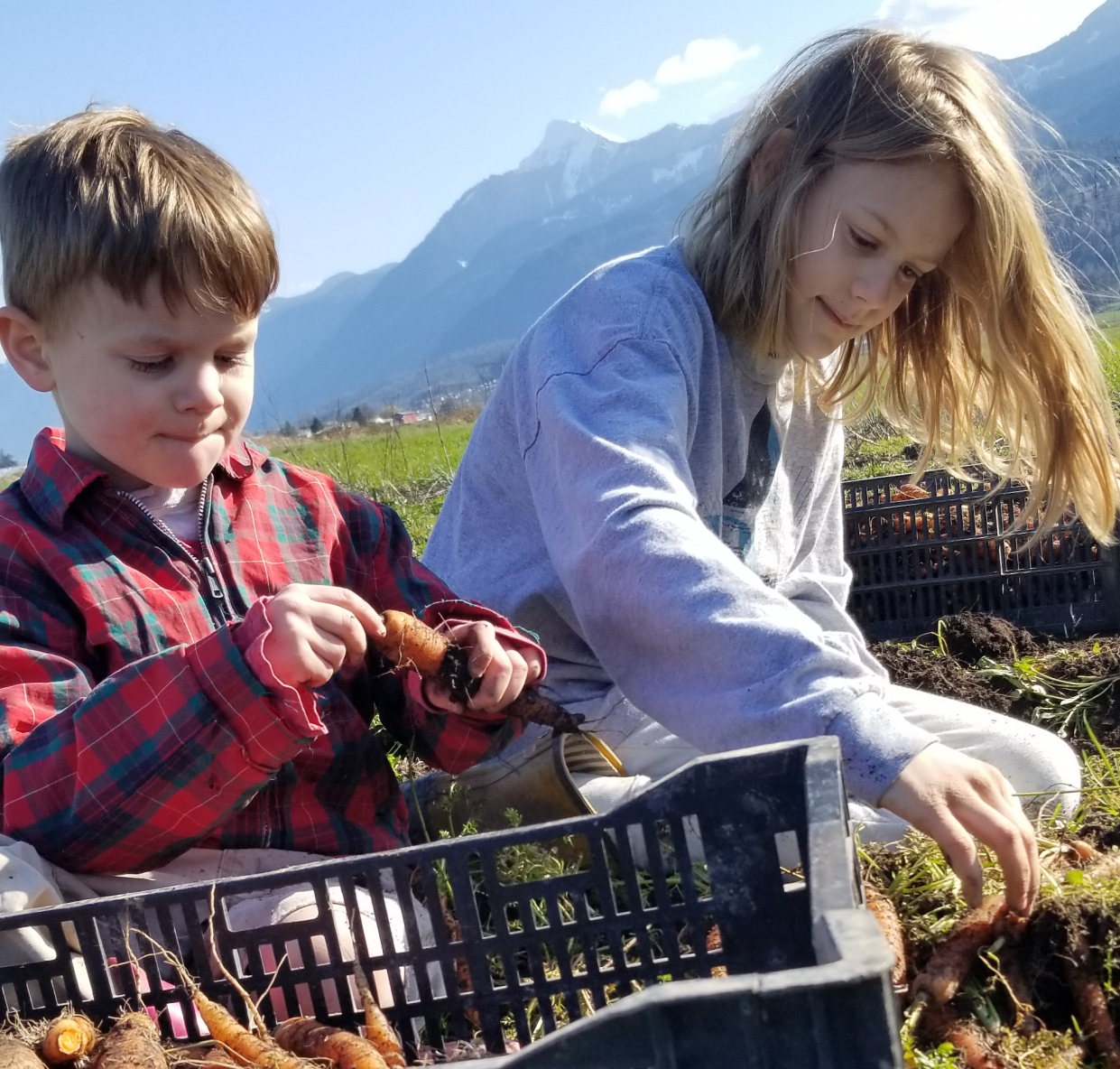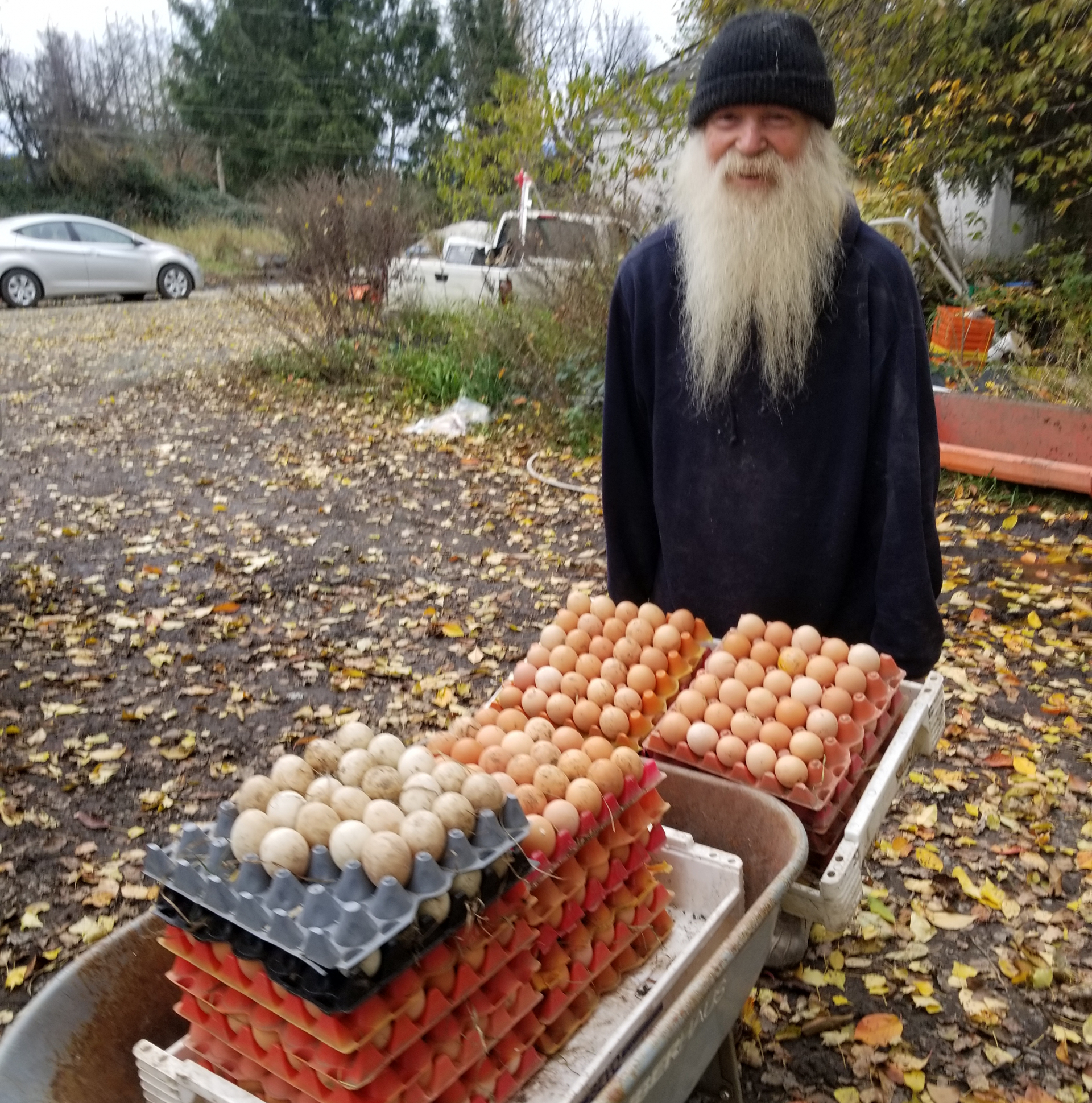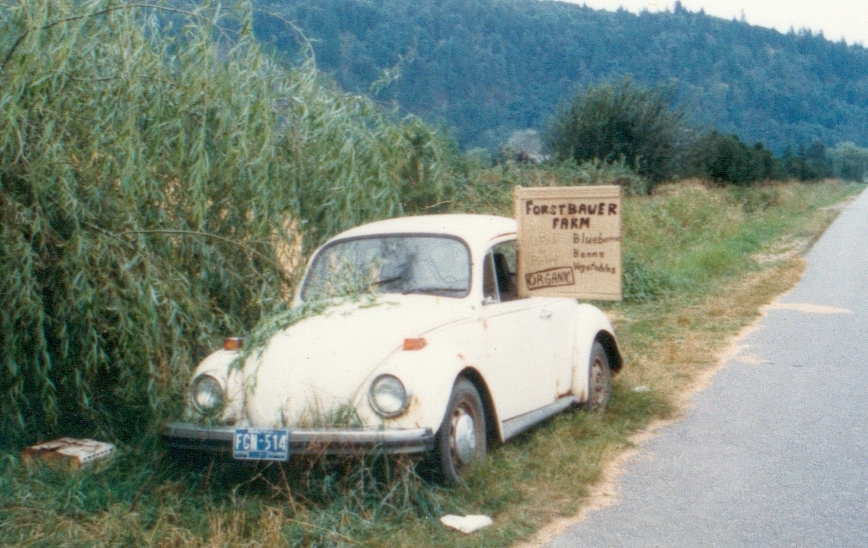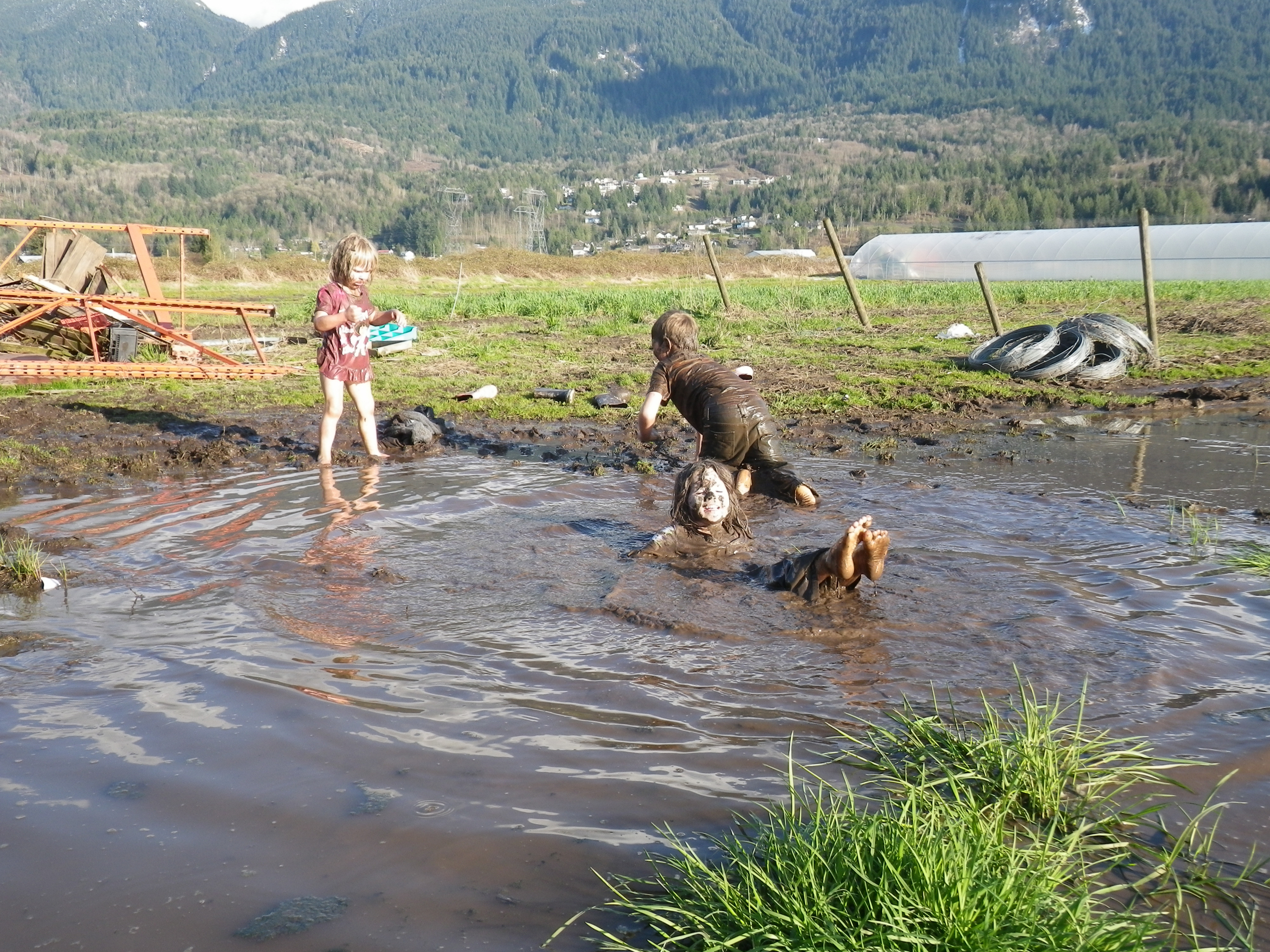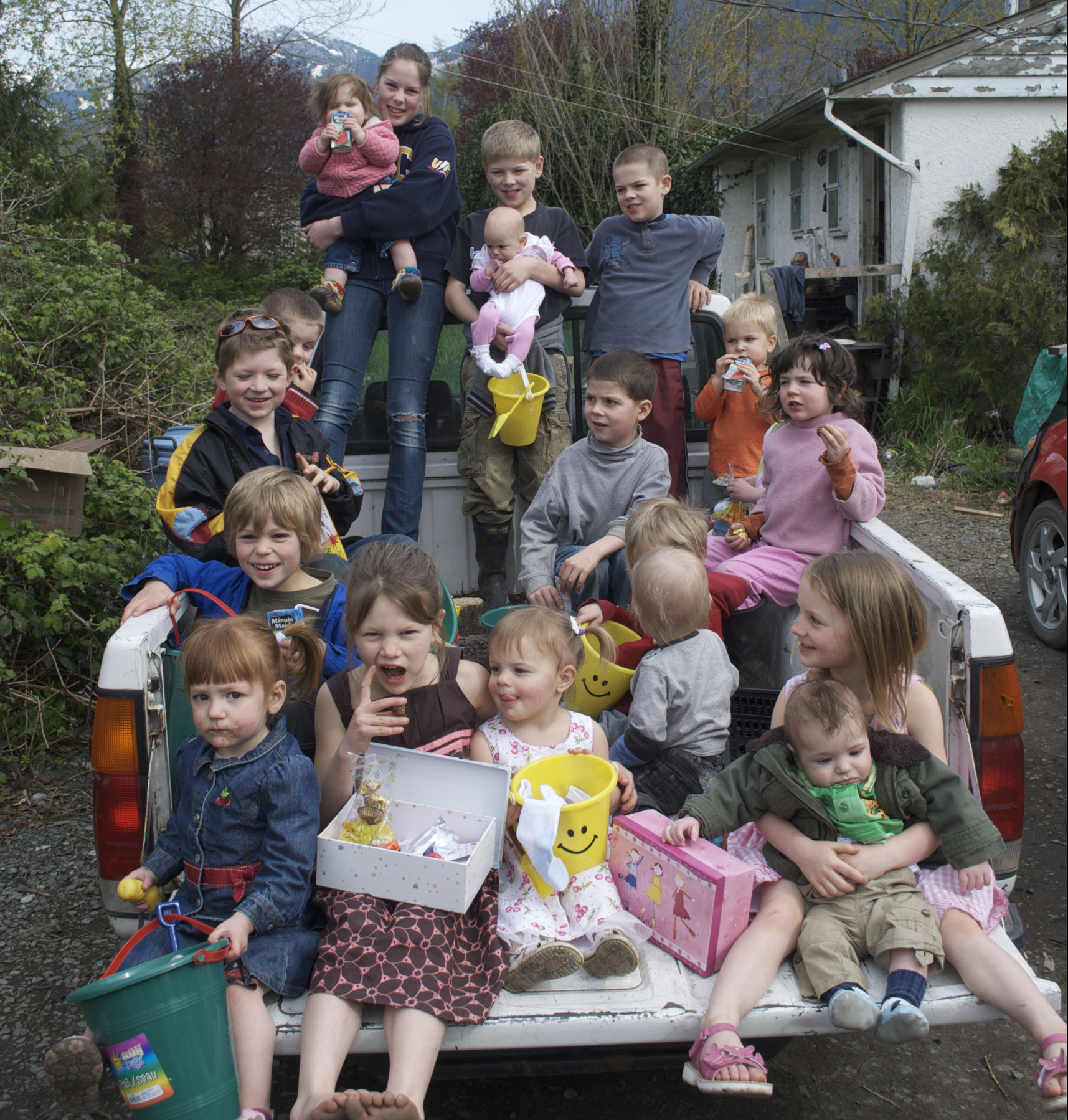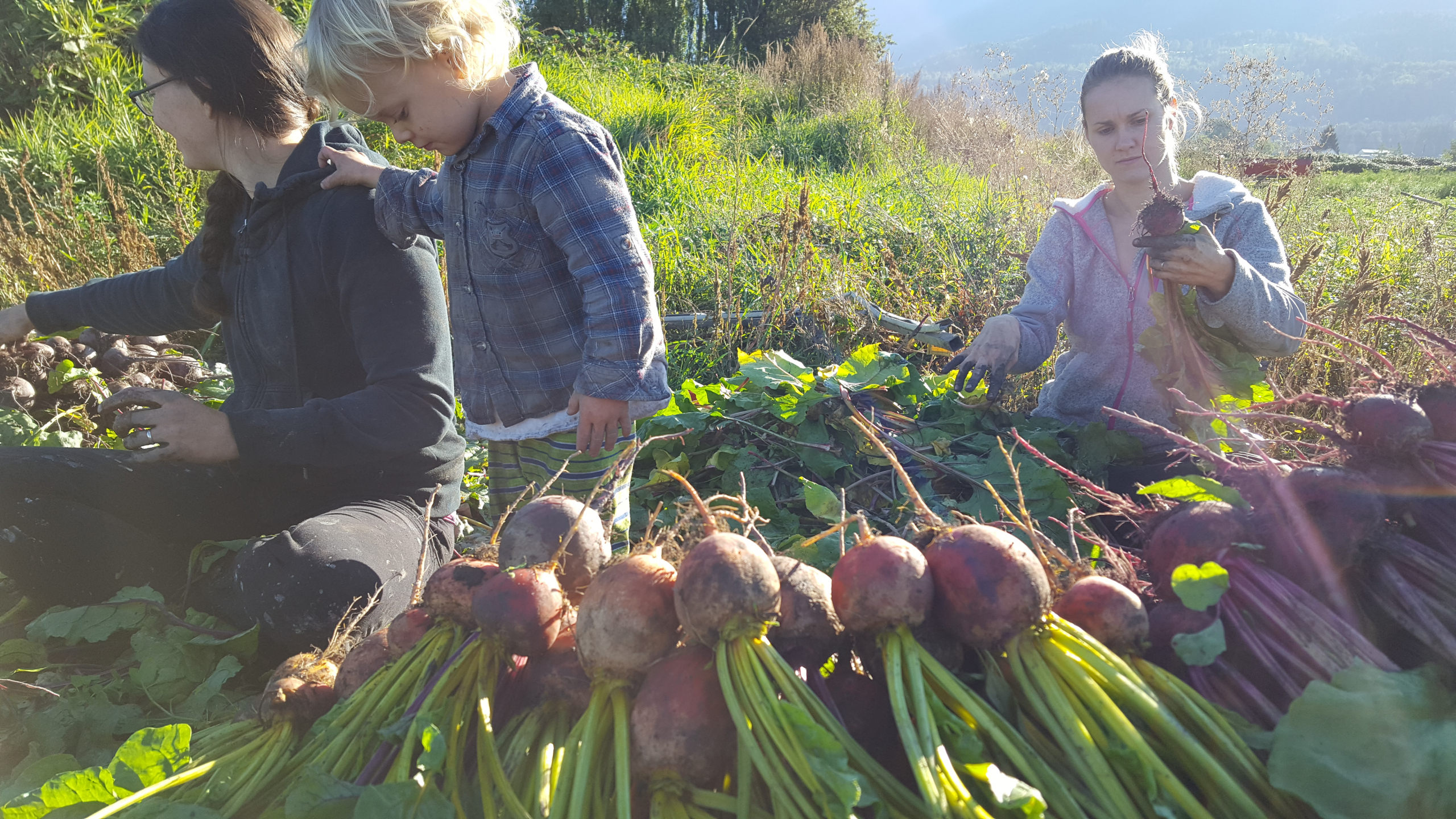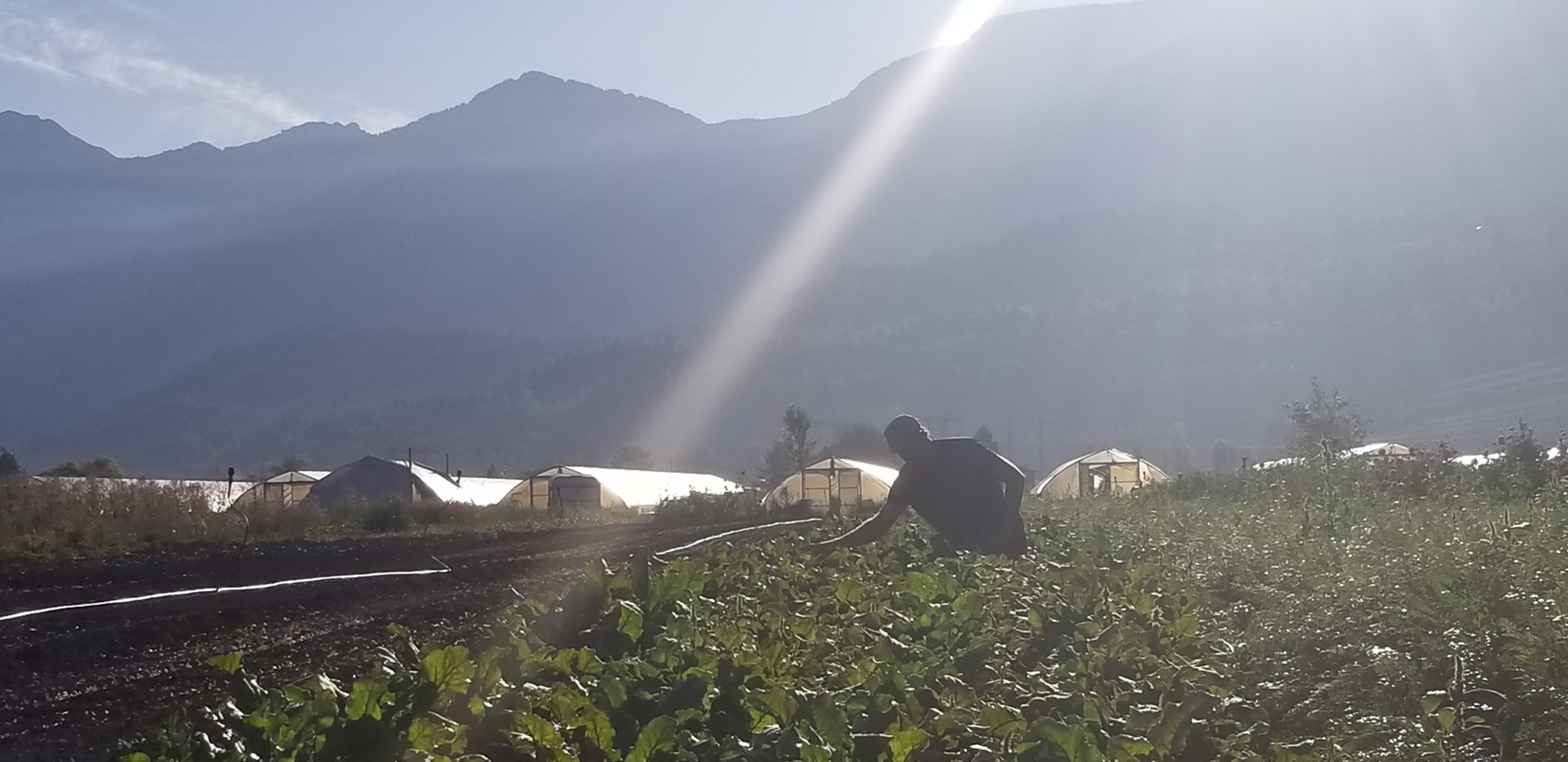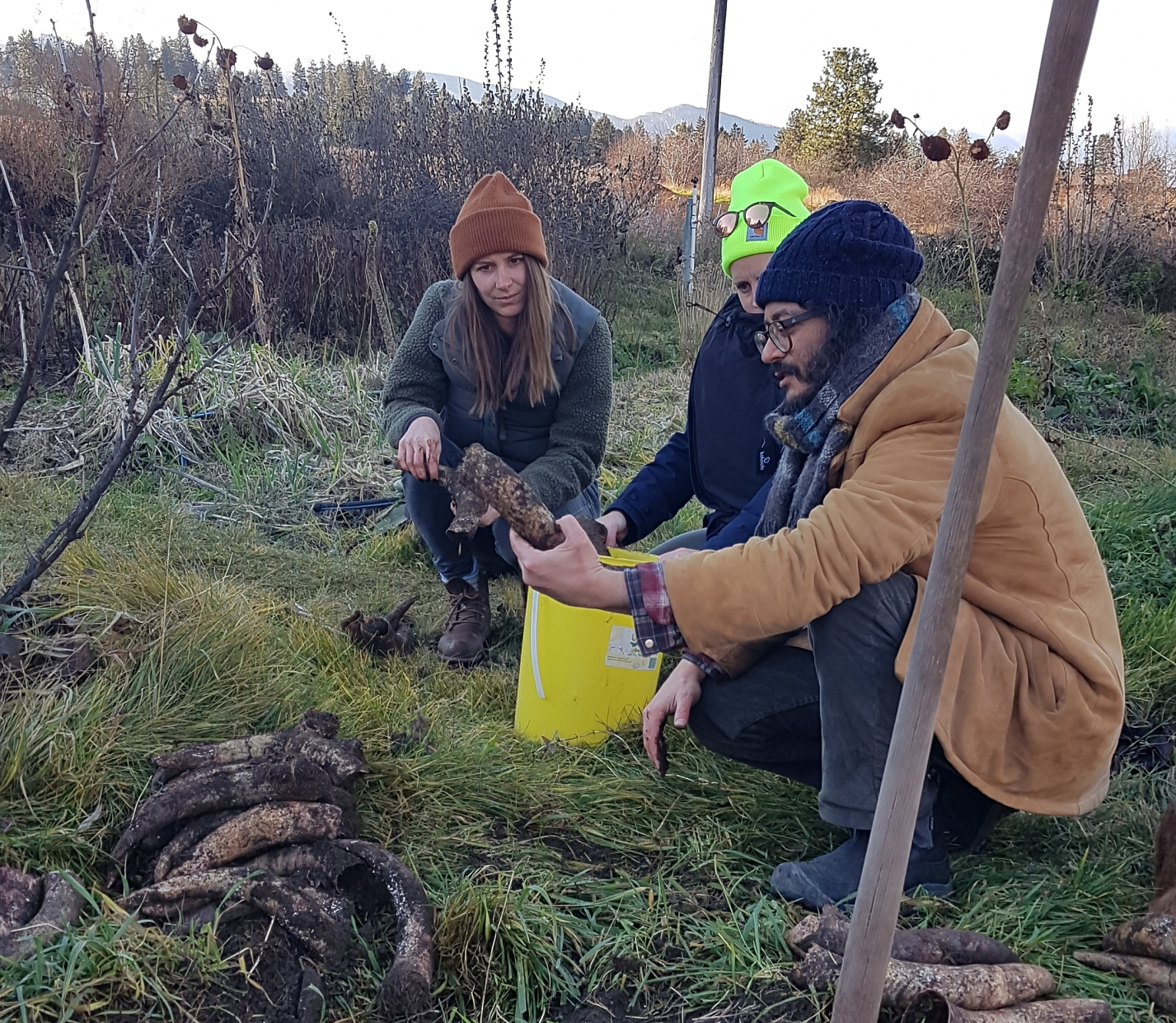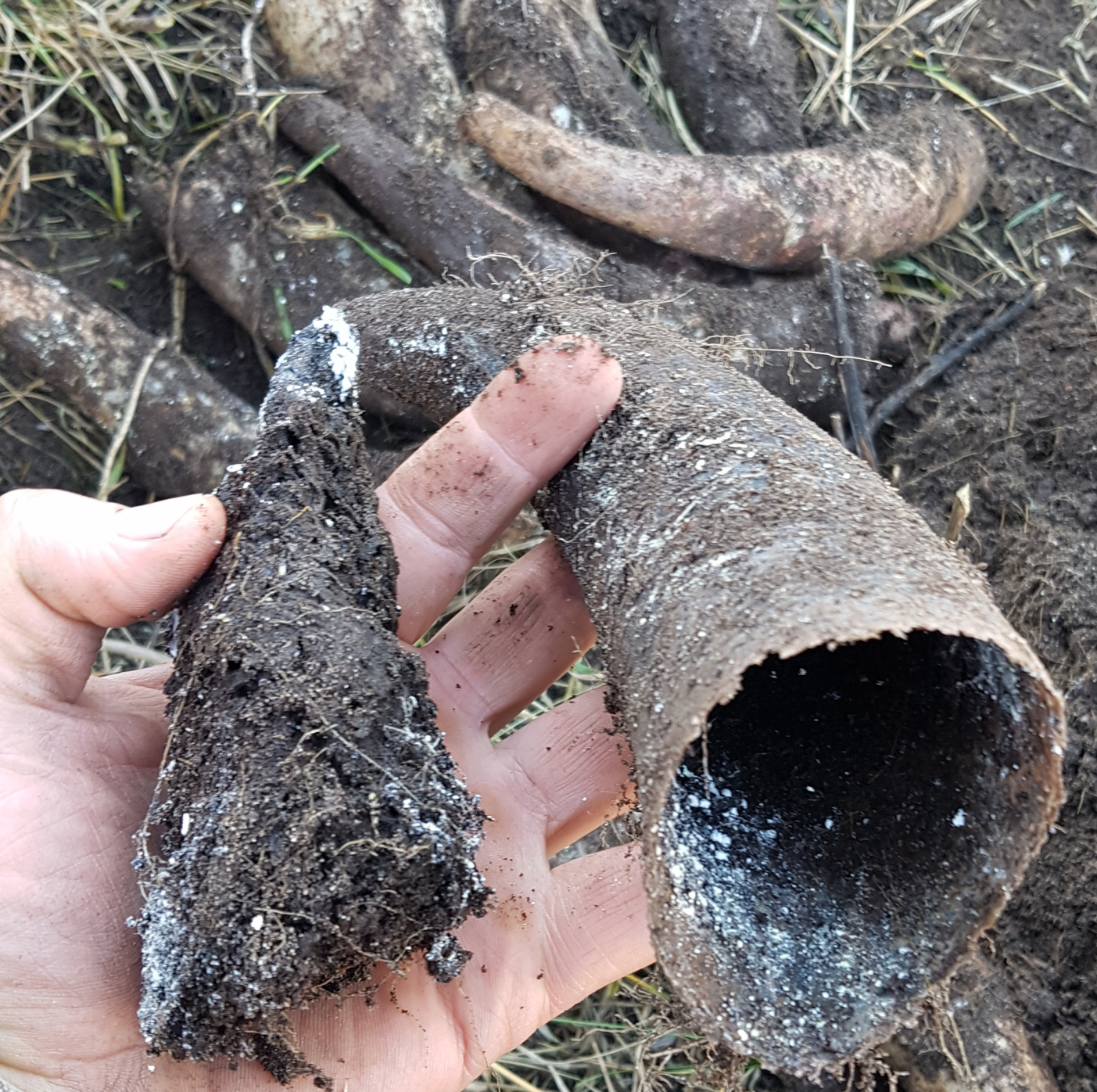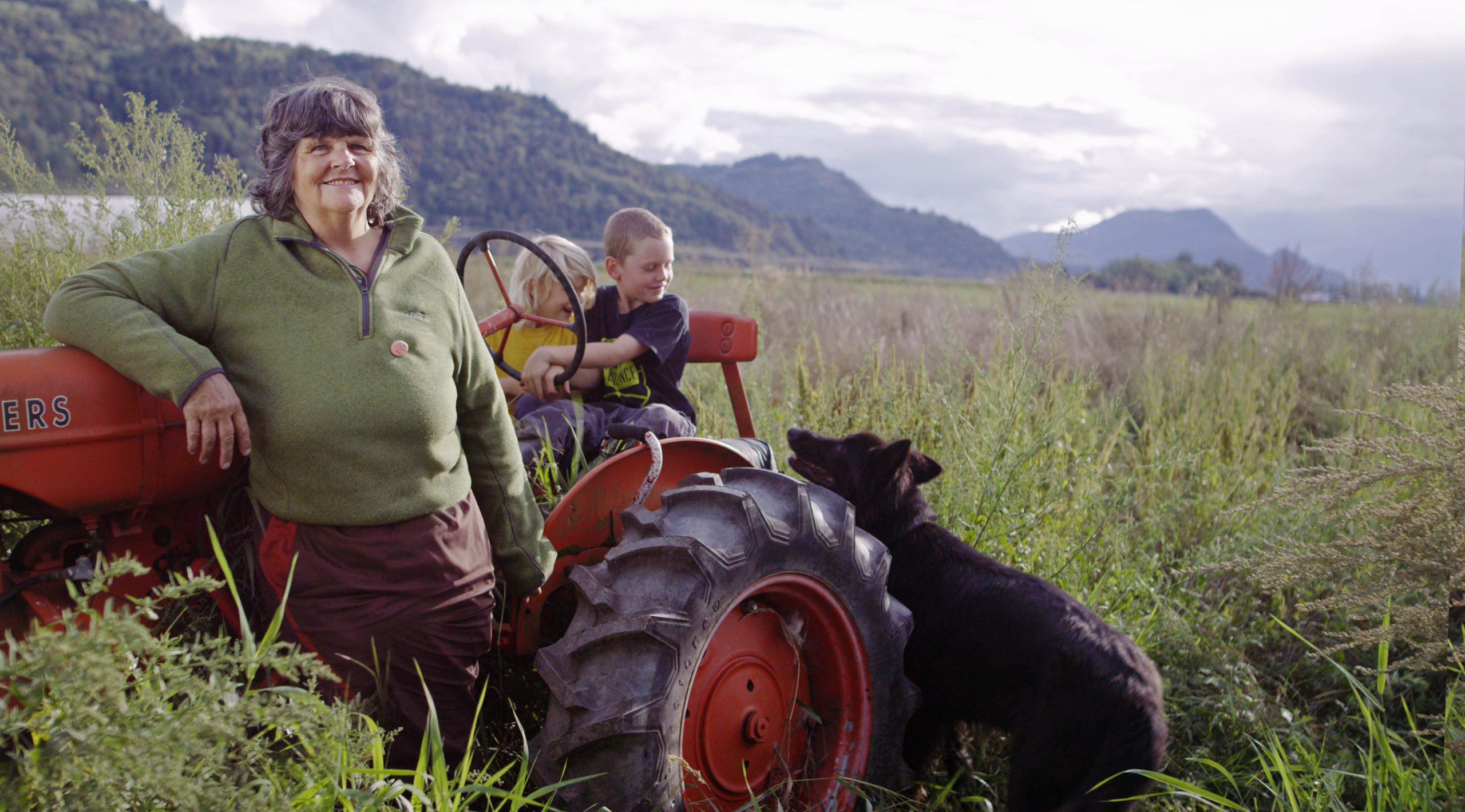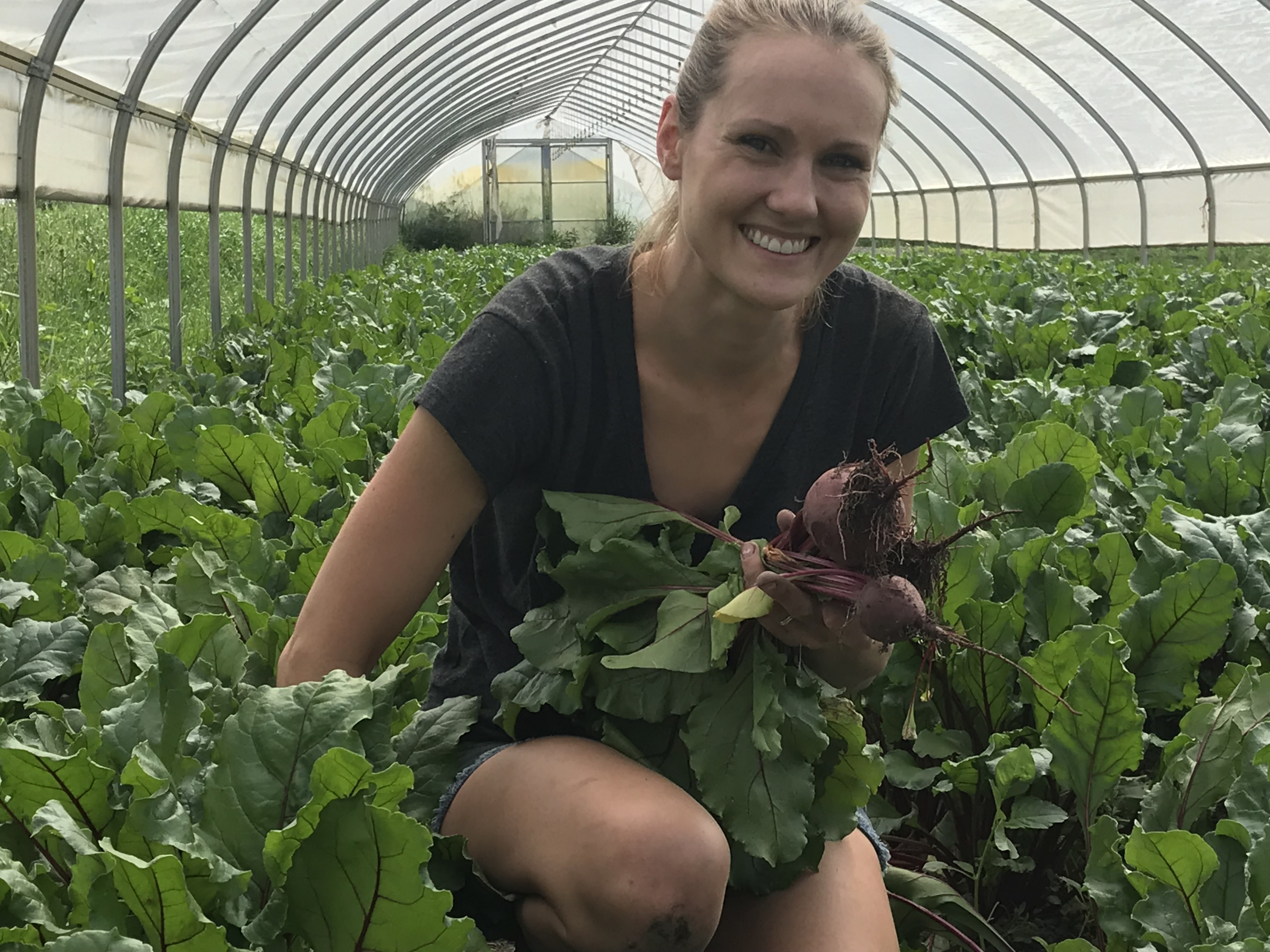Biodynamic Farm Story: Late Pandemic Musings on Thriving, Not Just Surviving
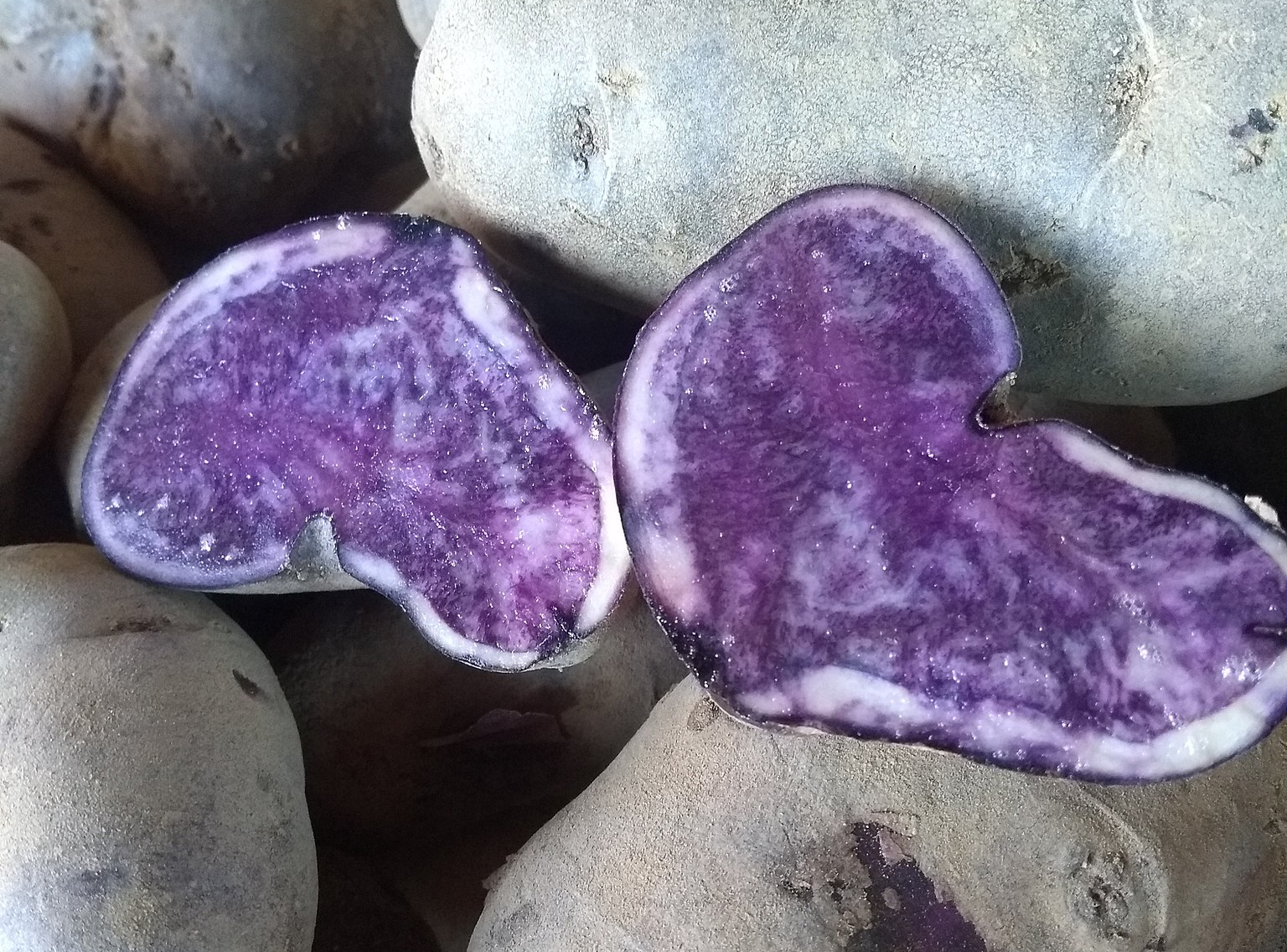
Anna Helmer
The Biodynamic baseline regeneration mission: replace the vitality of the soil—successfully drawn into the plants and then removed along with the crop, for consumption. In Biodynamics, the way to do this is through composting—the creation of humus that supports soil to regain its power.
The Biodynamic Compost Preparations are the fertility tools of Biodynamics. Steiner wants us to think of them as forces, rather than items, substances, or amendments. They are not directly aimed at plant growth, but rather intended to compliment, enhance, energize, and enliven the soil. Soil thusly treated can grow the very best of crops.
Compare this to nutrient replacement programs that are aimed at crop yield. Soil, although obviously important, is not the object of support. It’s necessary as a vessel to hold amendments long enough and close enough for plant roots to find them, and of course, it is there to hold the plants upright. Luckily for soil, nothing else does a better job of this! However, in the pursuit of weed-free big yields, it tends to get neglected and its performance diminishes. Biodynamically-supported, it is capable of much more.
The Compost Preparations transform compost into a special treat for the soil itself, to the benefit of the crop: holding moisture and warmth, for example, and providing the conditions necessary for essential relationships to form and flourish between all the biological, chemical, and physical elements. Most importantly, as far as I can understand, the application of Biodynamic compost allows for the possibility that science doesn’t have all the answers and optimum plant growth and health-giving properties are the result of mysterious things that probably occur in healthy soil.
It is difficult for me to reconcile this grand notion with the reality of my scraggly heap of cull potatoes. It doesn’t look like a regenerative treat for the soil.
My compost heap is beginning to levitate.
This is not a Biodynamic accomplishment. It’s a seed potato situation.
As you may recall, I am attempting to create a Biodynamic compost pile that will digest cull potatoes into useful material, an expectation made necessary by a sad lack of cattle, those immensely more efficient composting machines. I started the pile in late fall, layering the rejected potatoes with hay, kitchen compost, chicken litter, leaves, and eggshells. By way of example, I added periodic scoops of a precious Biodynamic compost made from the manure of the departed cattle.
The culls that went in during the winter months are good and rotten, having been subjected to freezing, but the additions since the last freeze have encountered nothing but premium growing conditions. They are vigorous seed potatoes with only unsightly blemishes to hold them back.
Unsightly blemishes have no effect on vigour, I can tell you that for free. The potatoes are growing lustily, and the pile is expanding rapidly.
I dug into it earlier in the year, once the sun had some warmth, to see what was happening. It was hot in there, with a plethora of worms. I reckon all these seed potatoes are now sitting on top of a nice warm bed and that is making them grow with even more gusto. Should I leave them to flower? That would be a lovely sight. At any rate, there will be a generous amount of fresh green material when I turn the pile and finish it by adding the Compost Preparations.
It’s a reasonable plan. However, these potatoes are currently dominating the compost pile, and I think it might take more than one turn to stifle their urges. Talk about a living force. I don’t think I should apply the Compost Preparations until the pile becomes…more balanced…inert…less unhinged…
Turning to a more optimistic aspect of my Biodynamic practice, I am thrilled to discover that all the plants necessary to make the Compost Preparations are to be found on our farm. Oak tree bark was the missing piece until I belatedly realized there is a massive specimen looming out front of mom and dad’s house, right there in the main farmyard. I have been raking its copious leaves for about 40 years and lamenting almost annually that they are useless in a compost heap. One supposes a proper Biodynamic farmer would be a touch more aware of her surroundings. Anyways. Turns out the bark is full of calcium and it plays a big role in making strong plants.
So that’s the lot: oak bark, along with yarrow, stinging nettle, dandelion, valerian, and chamomile.
Just need a stag’s bladder, dog skull, and sheep mesentery. Say, what? Oh shoot, it got weird again.
Anna Helmer farms with her family in Pemberton, and still does not exactly know what she’s going to do everyday. helmersorganic.com
Feature image: Russian blue heart potatoes. Credit: Idéalités



